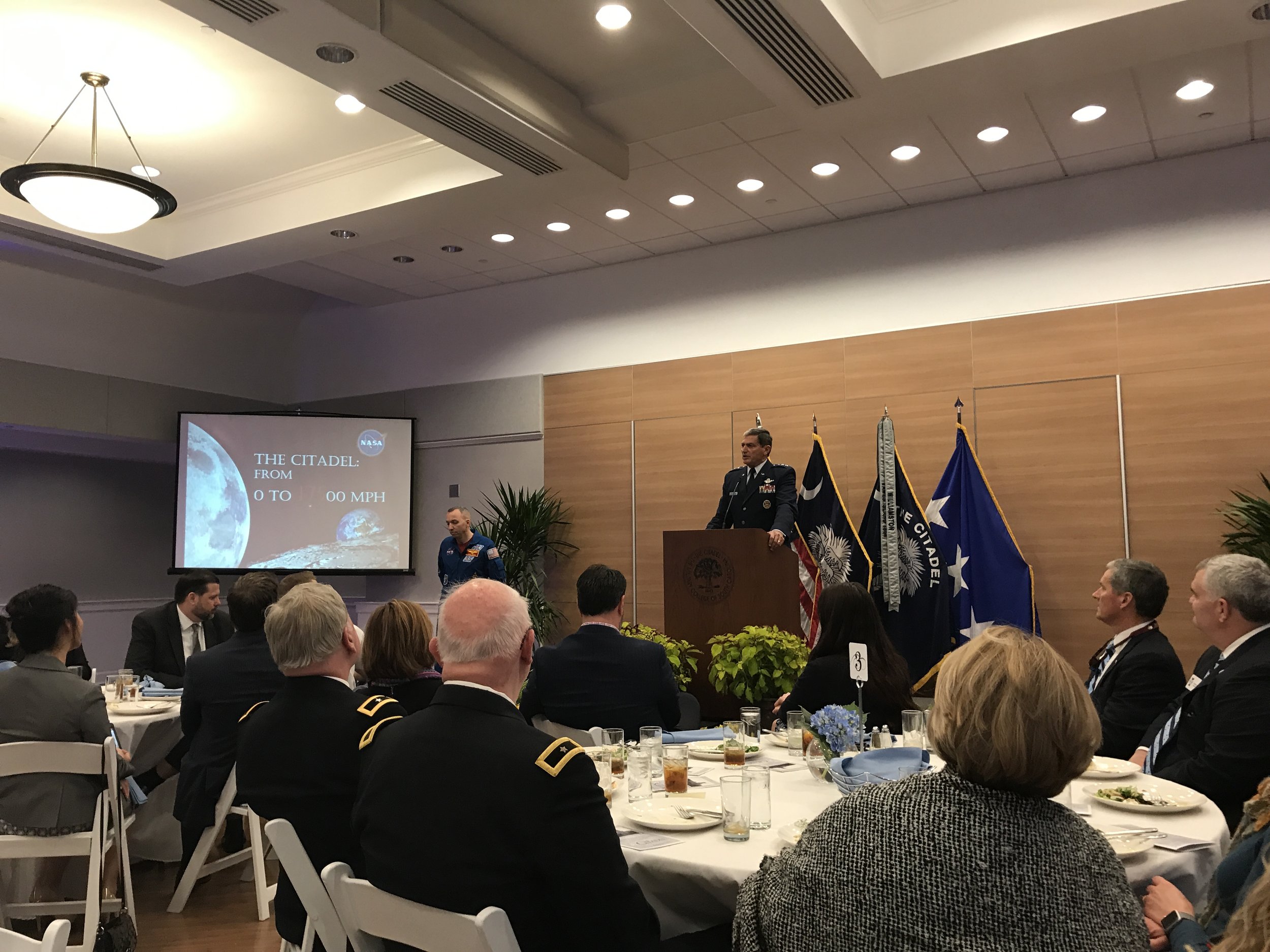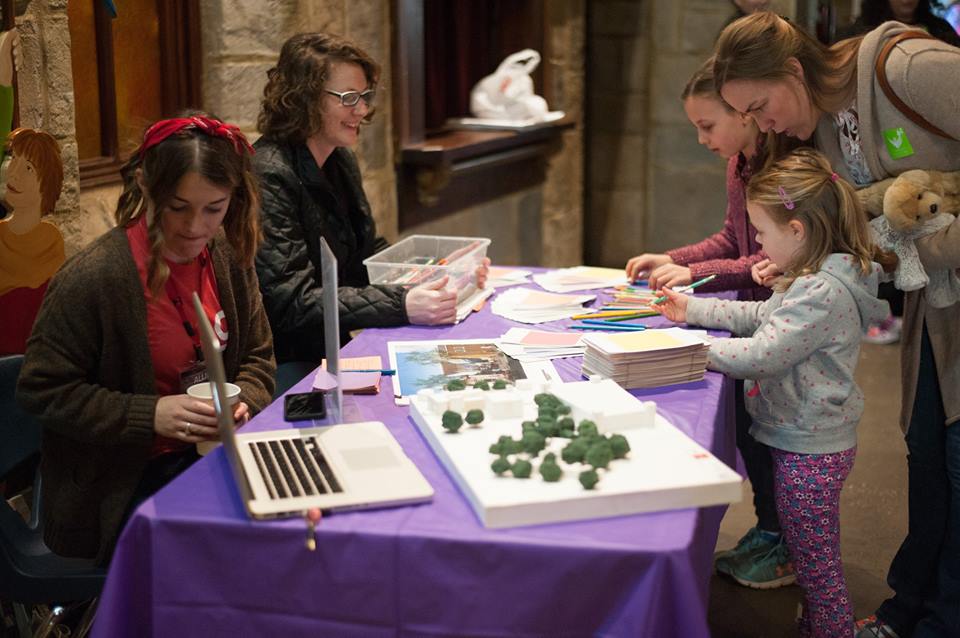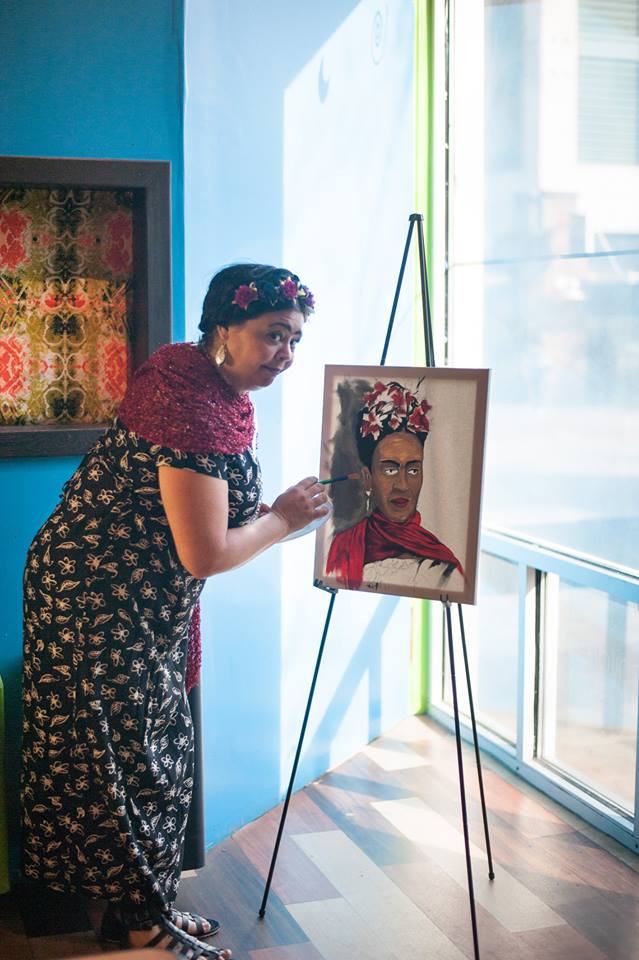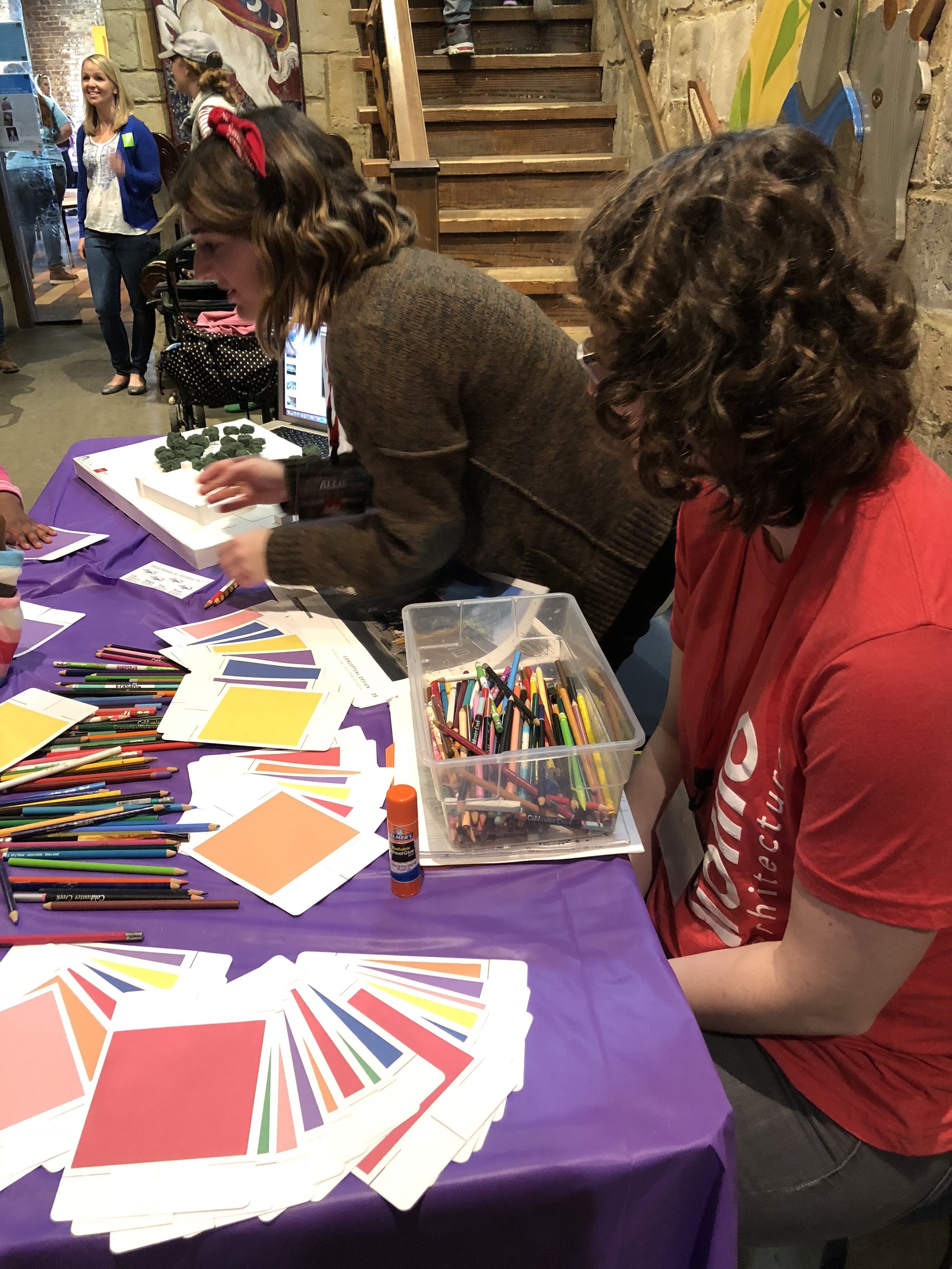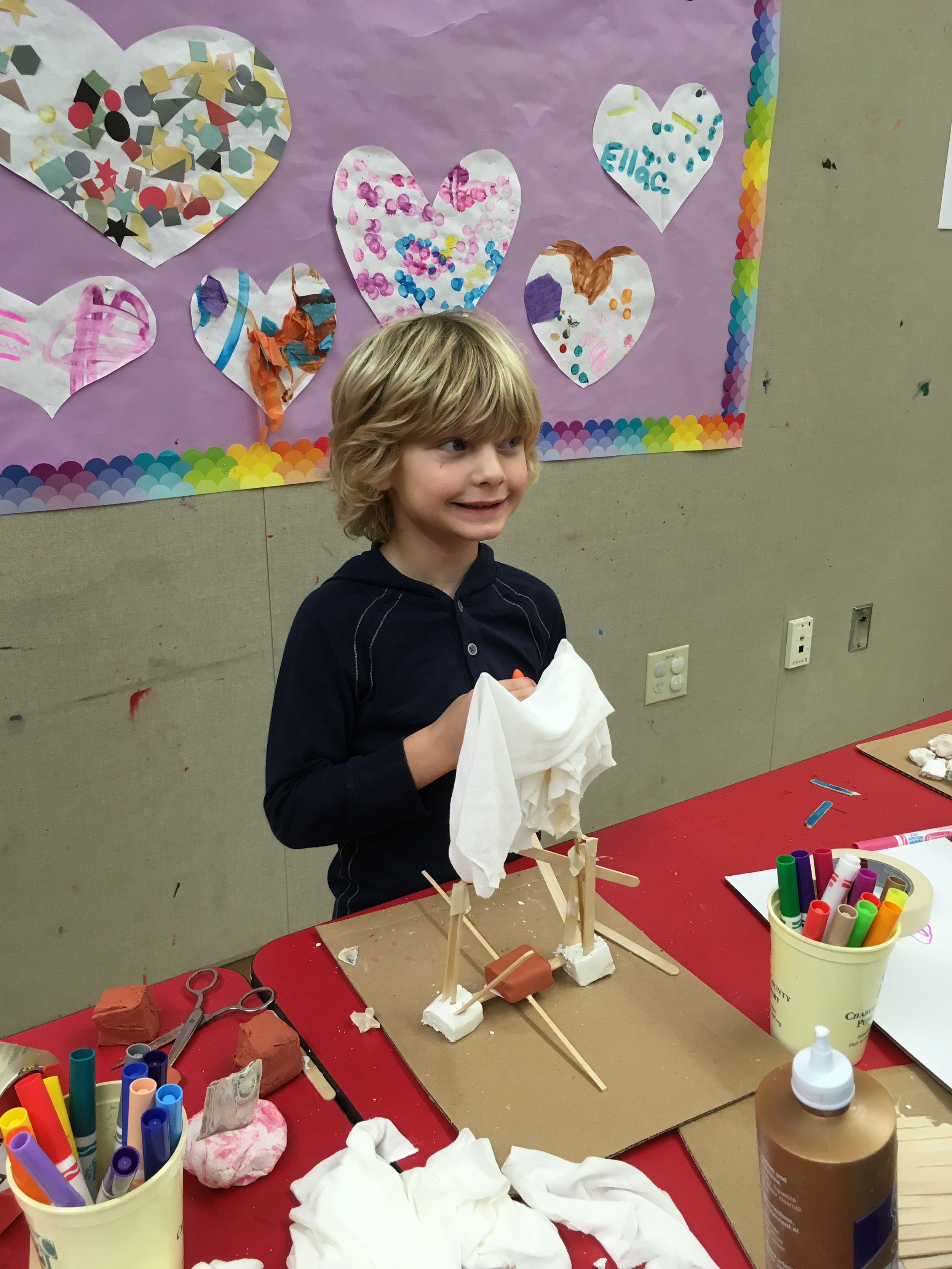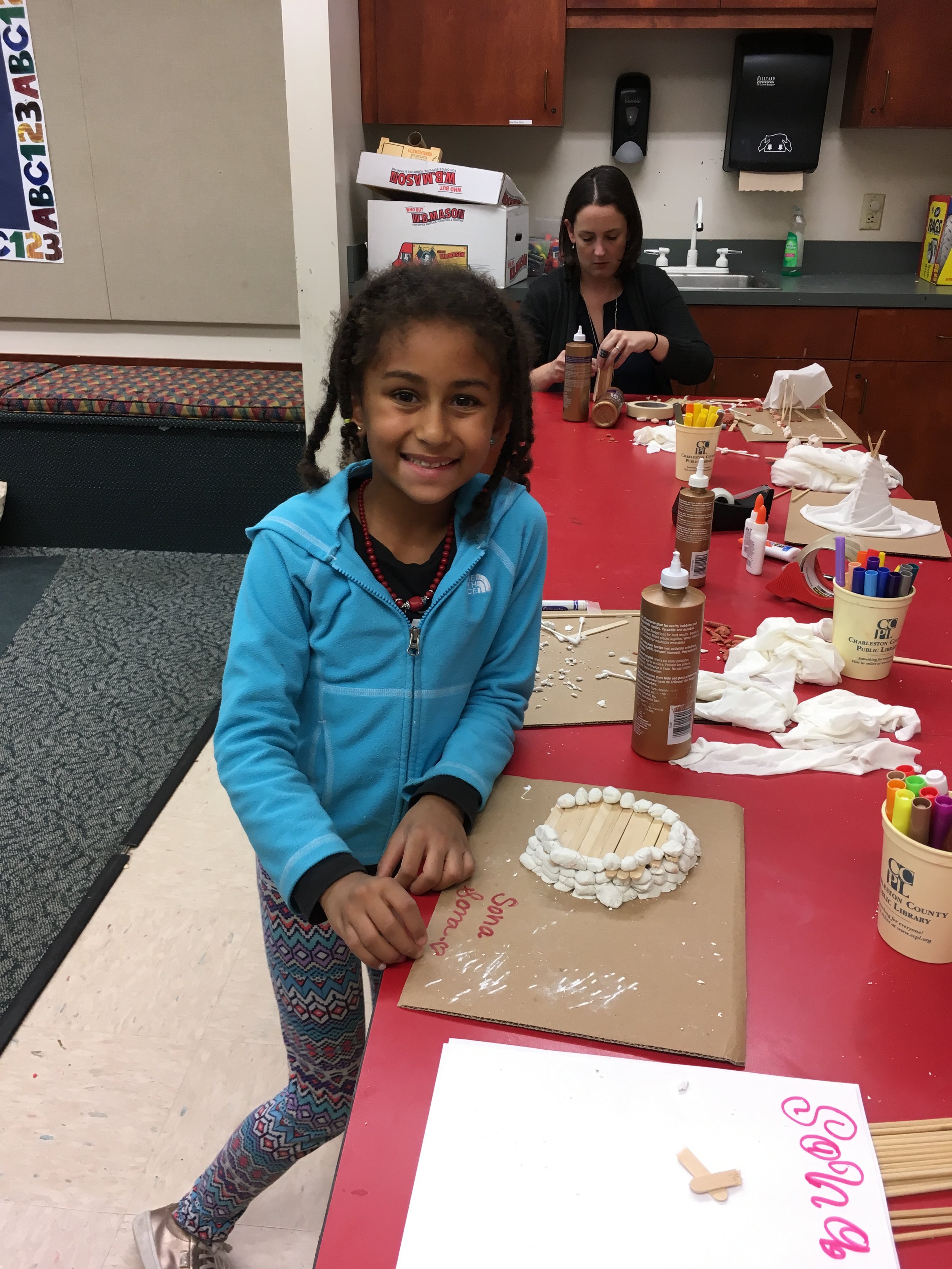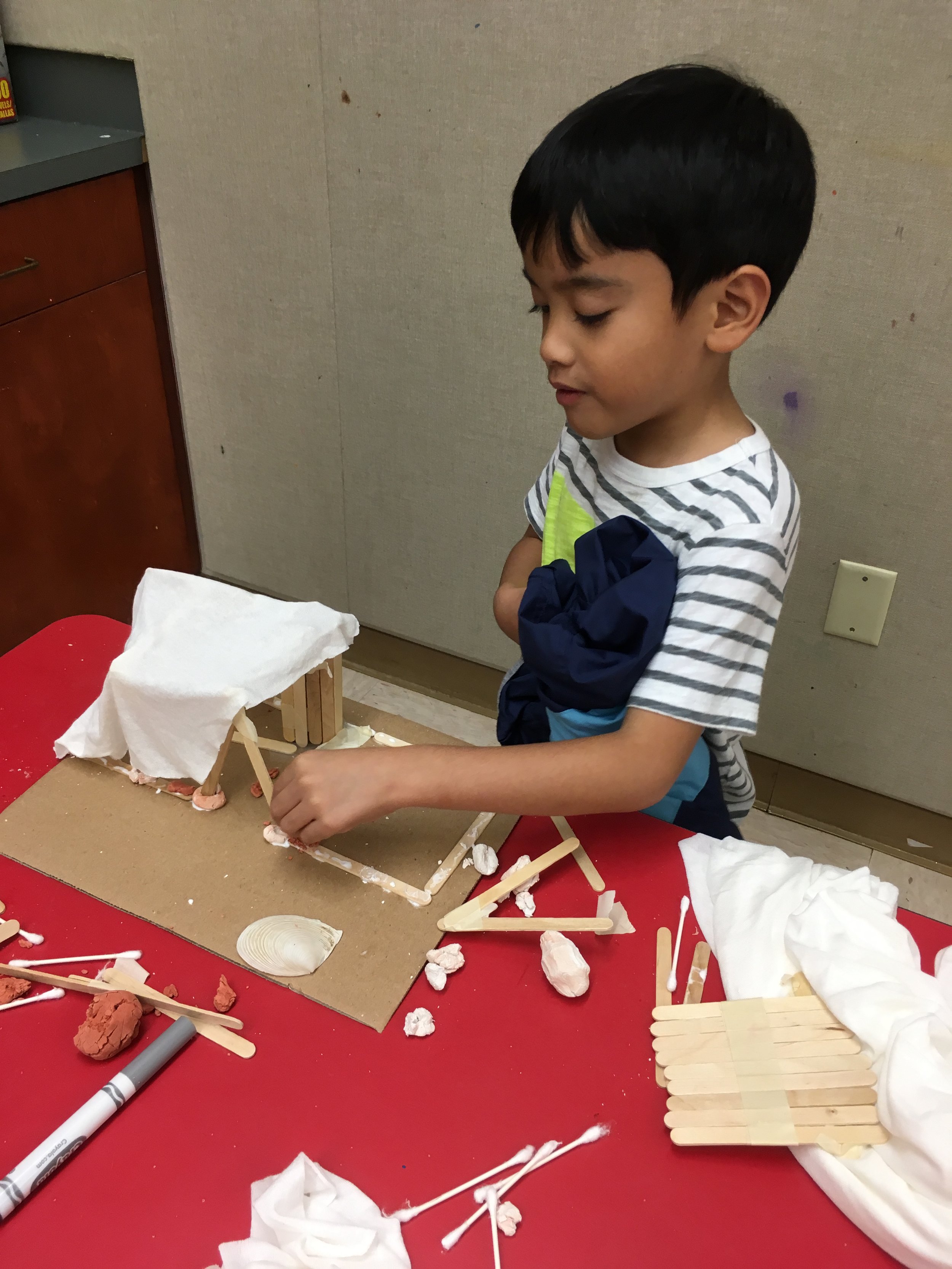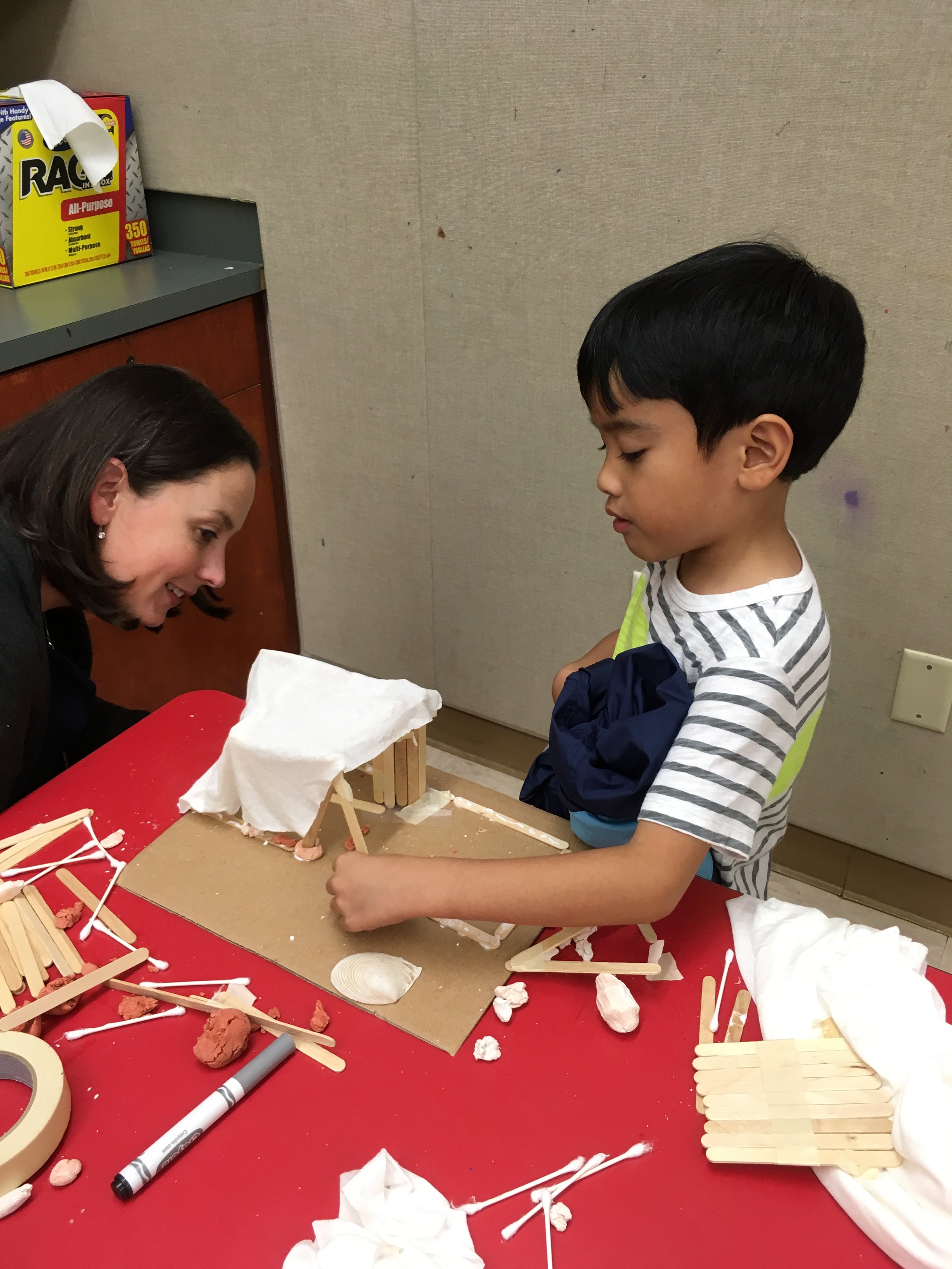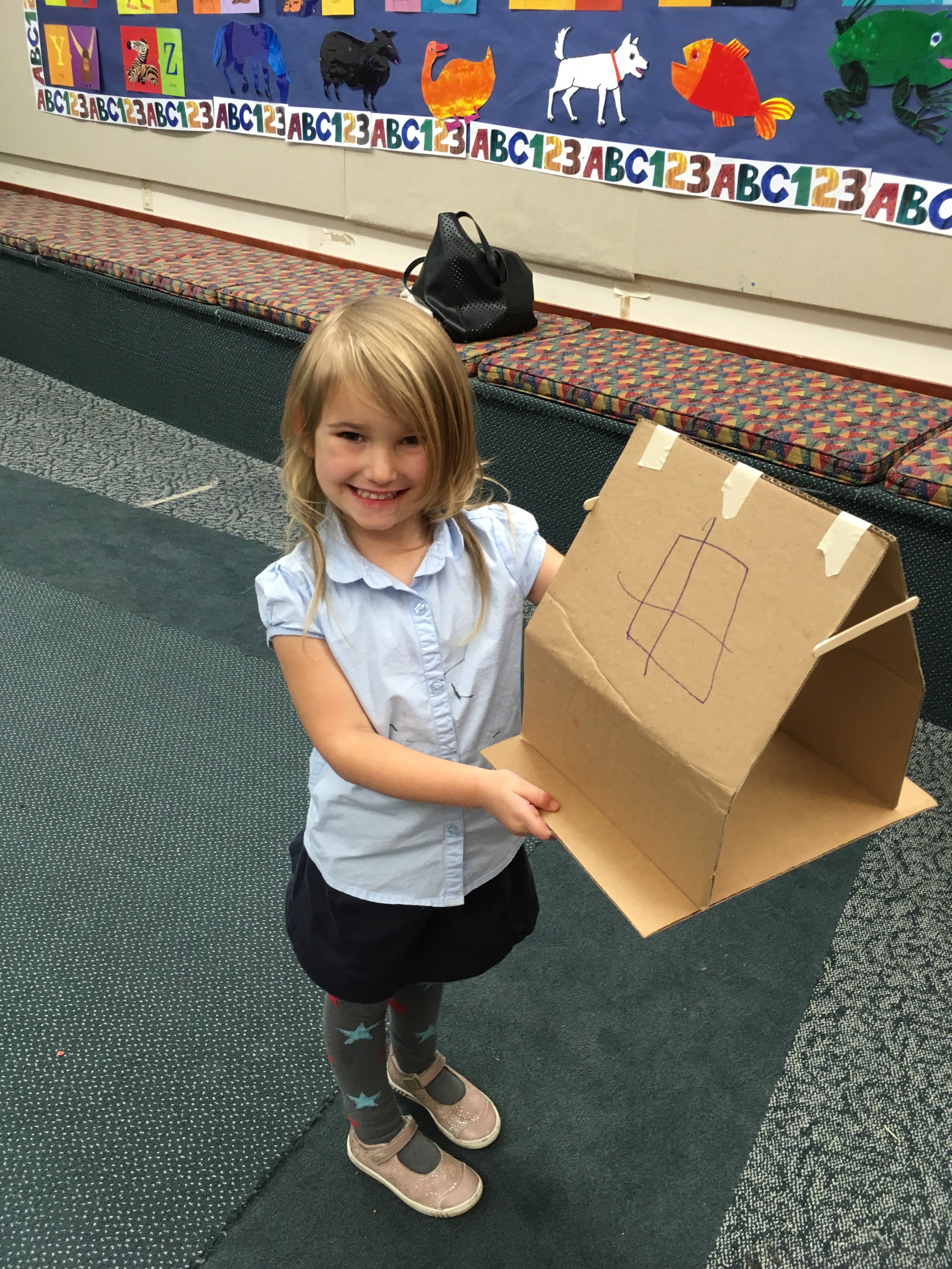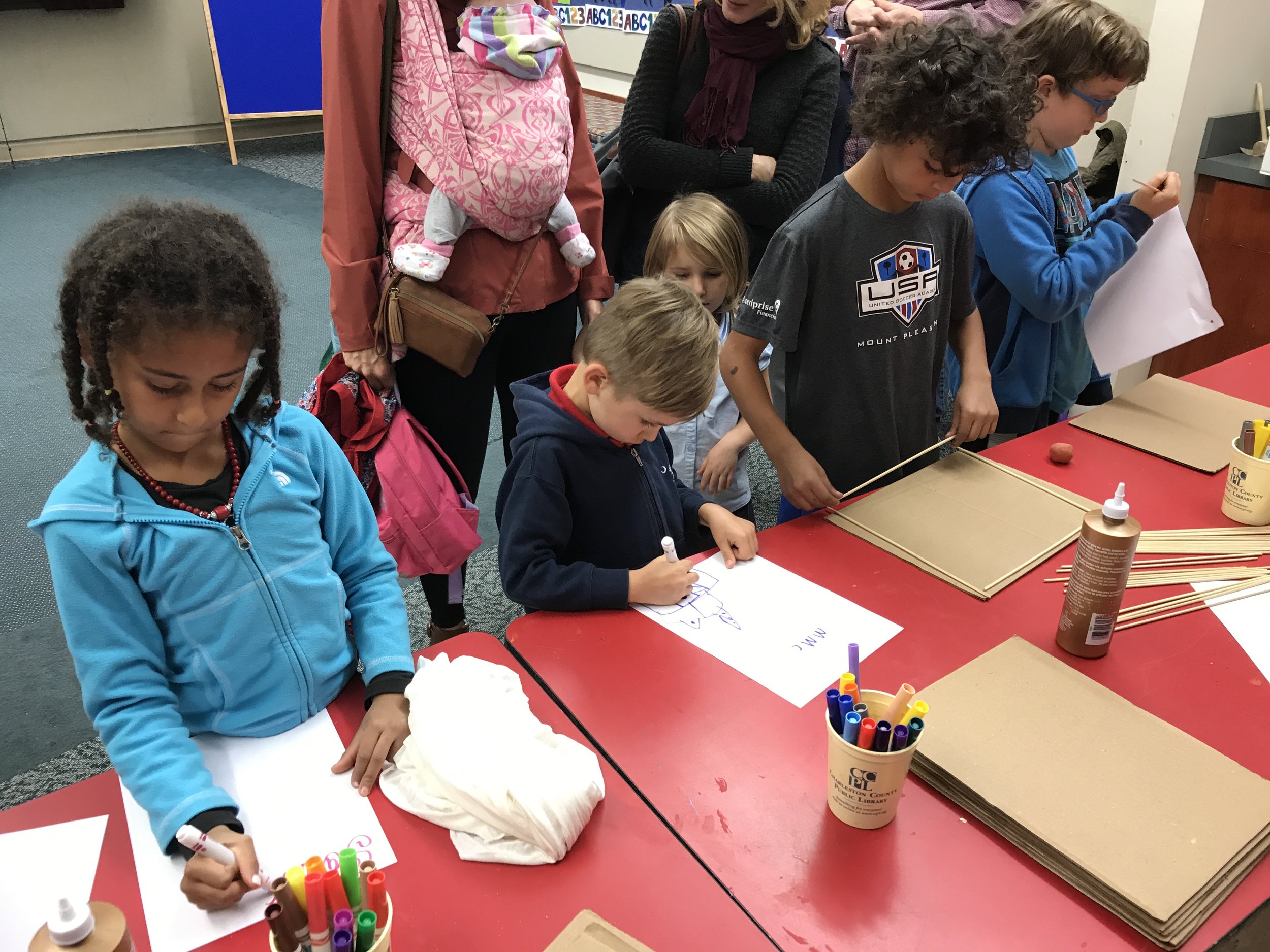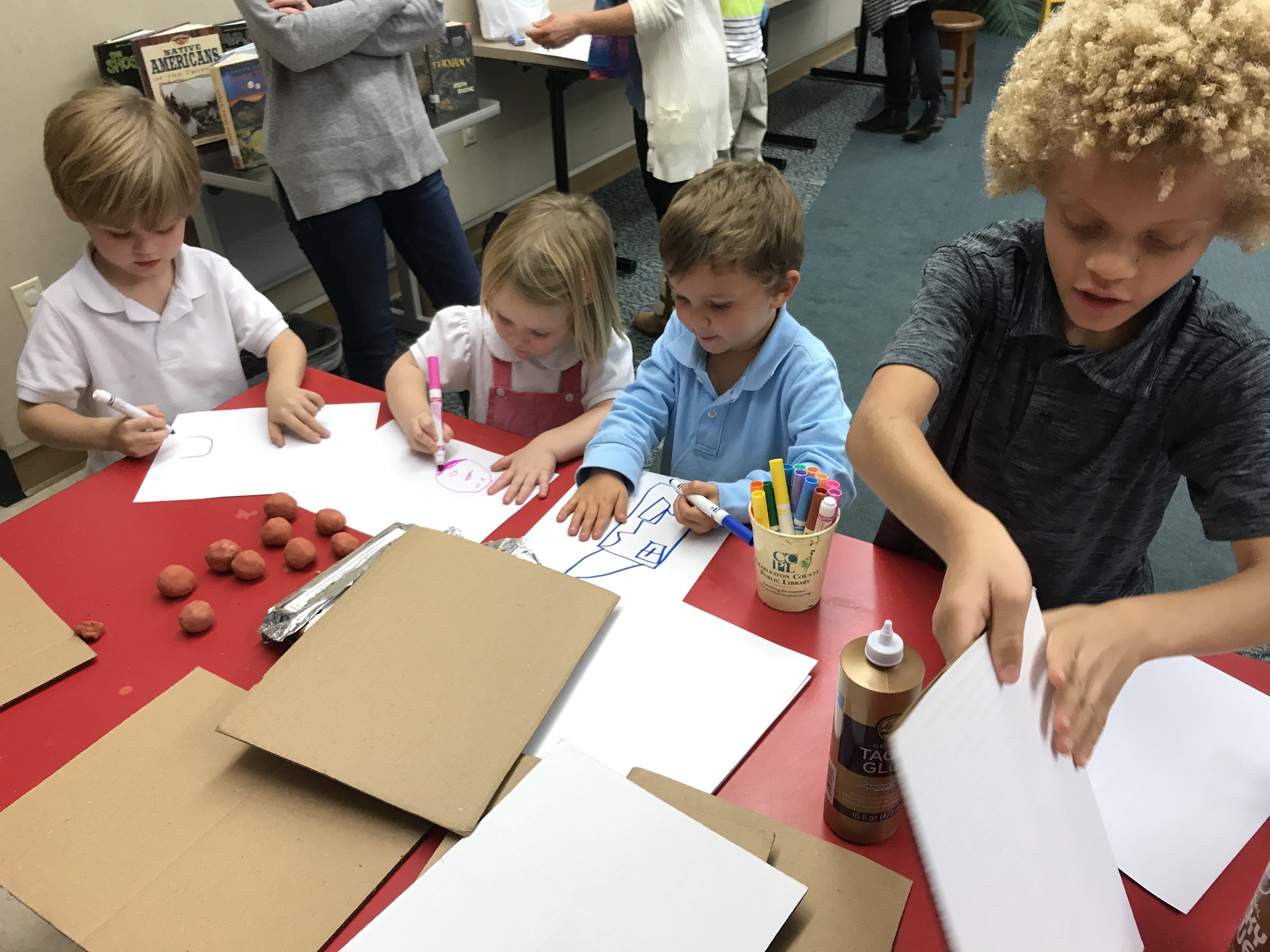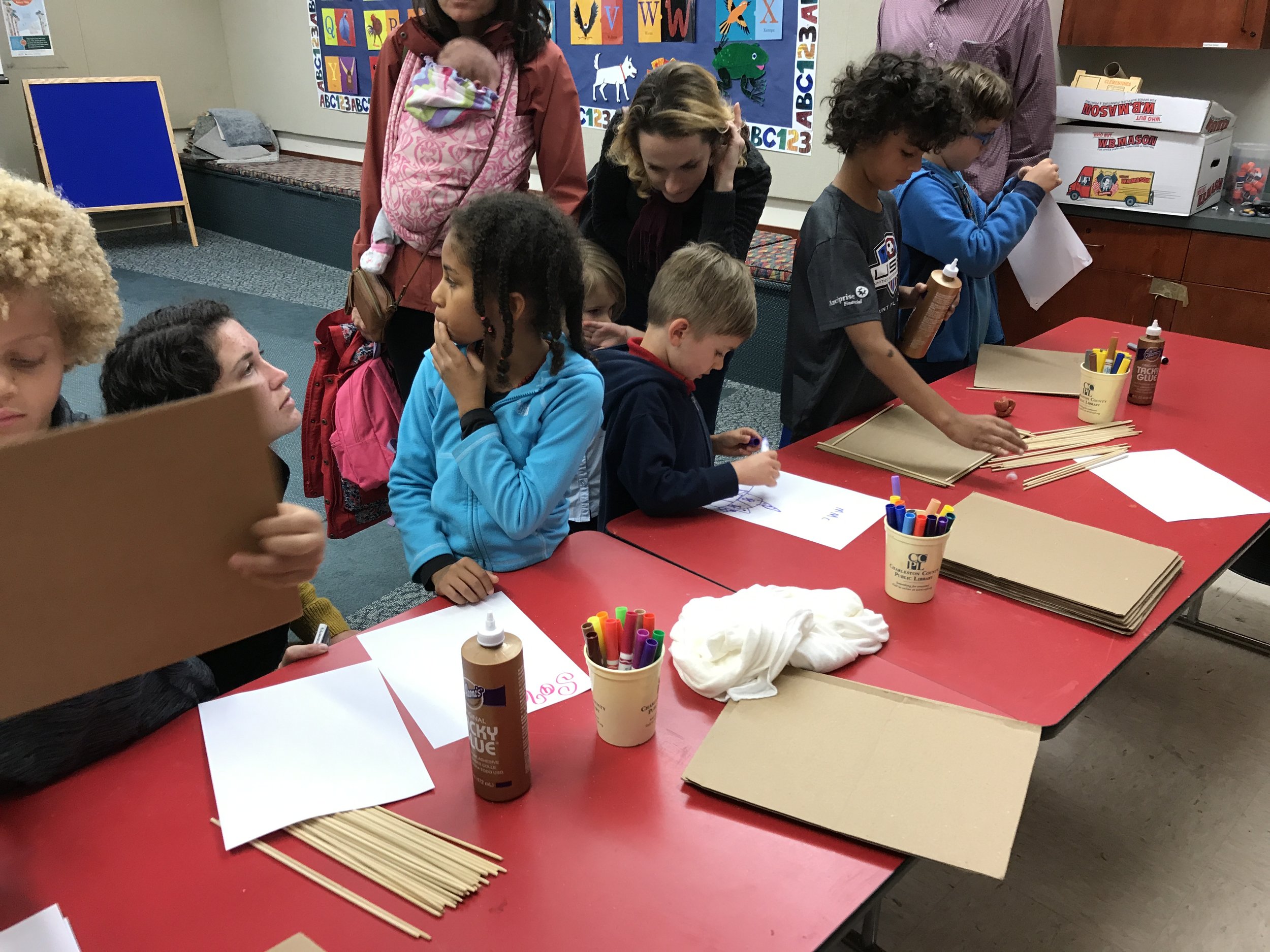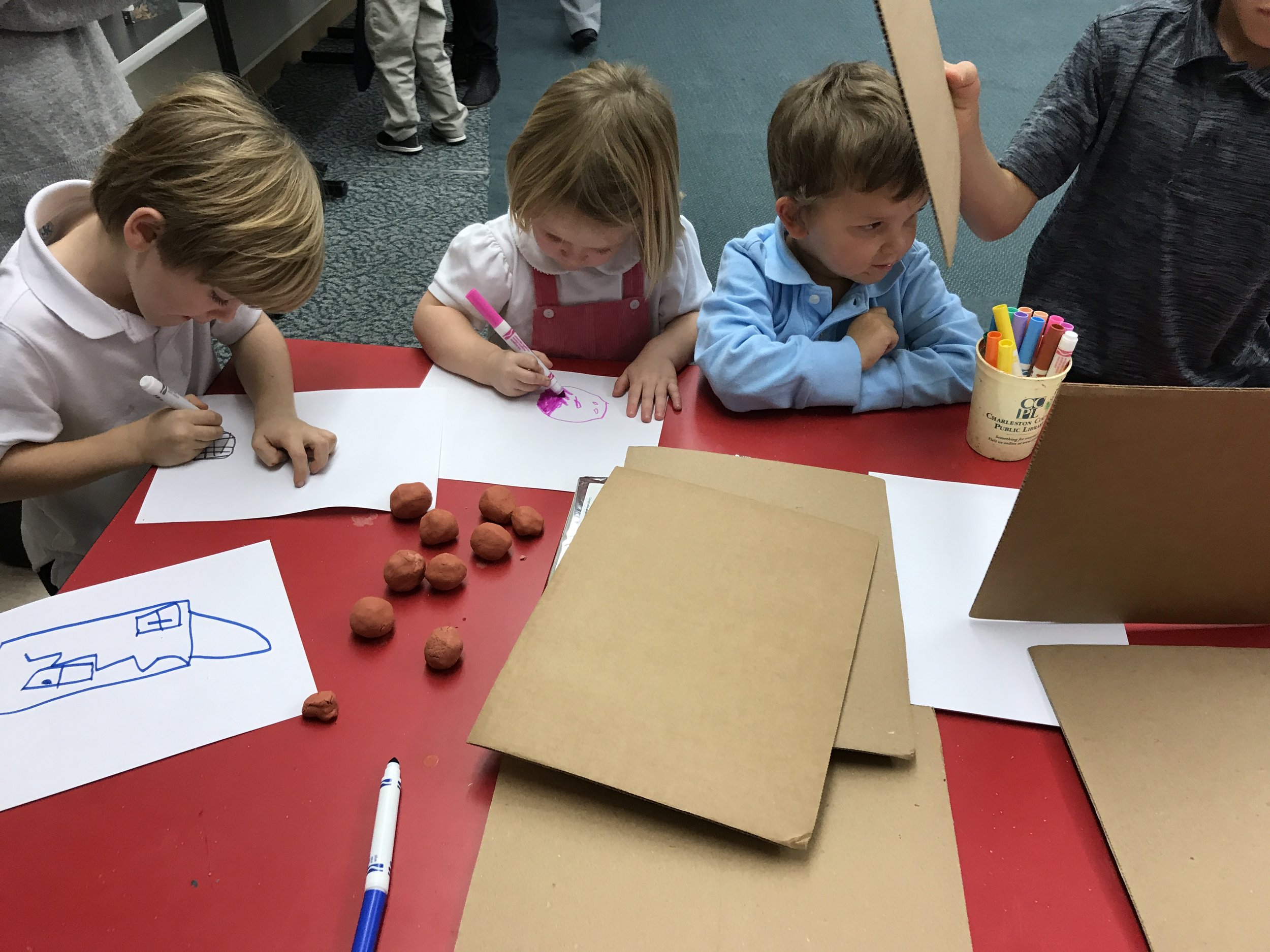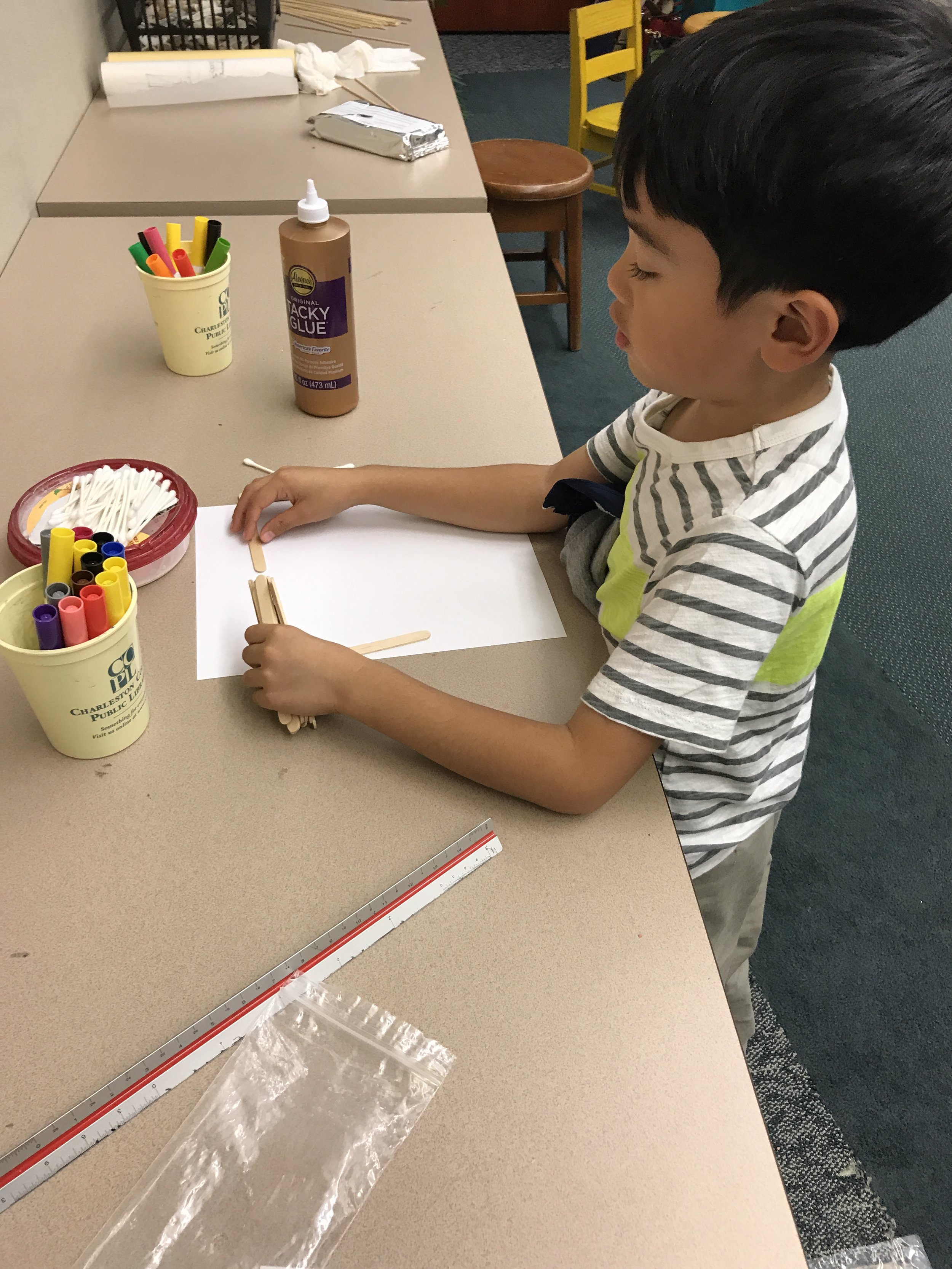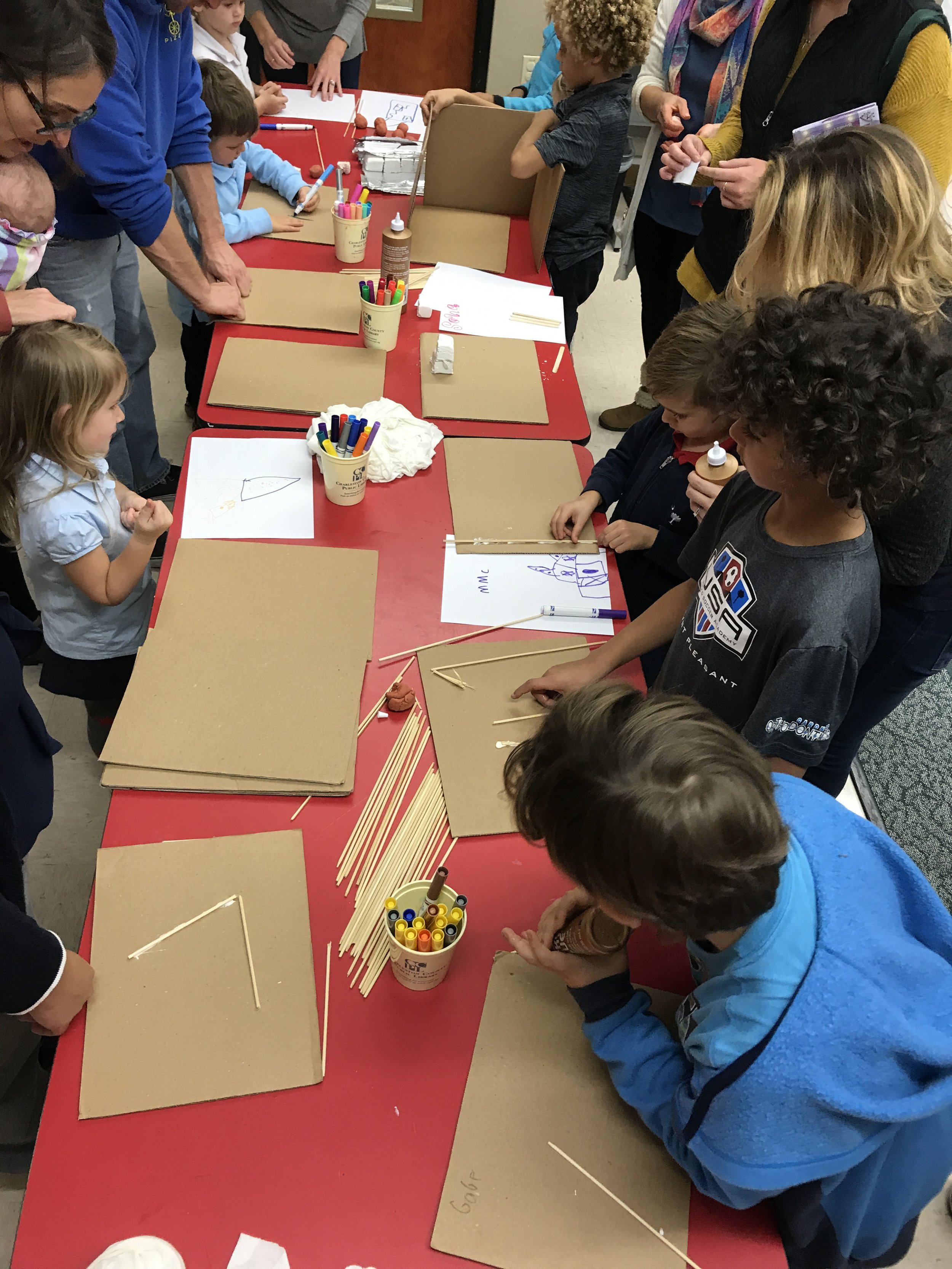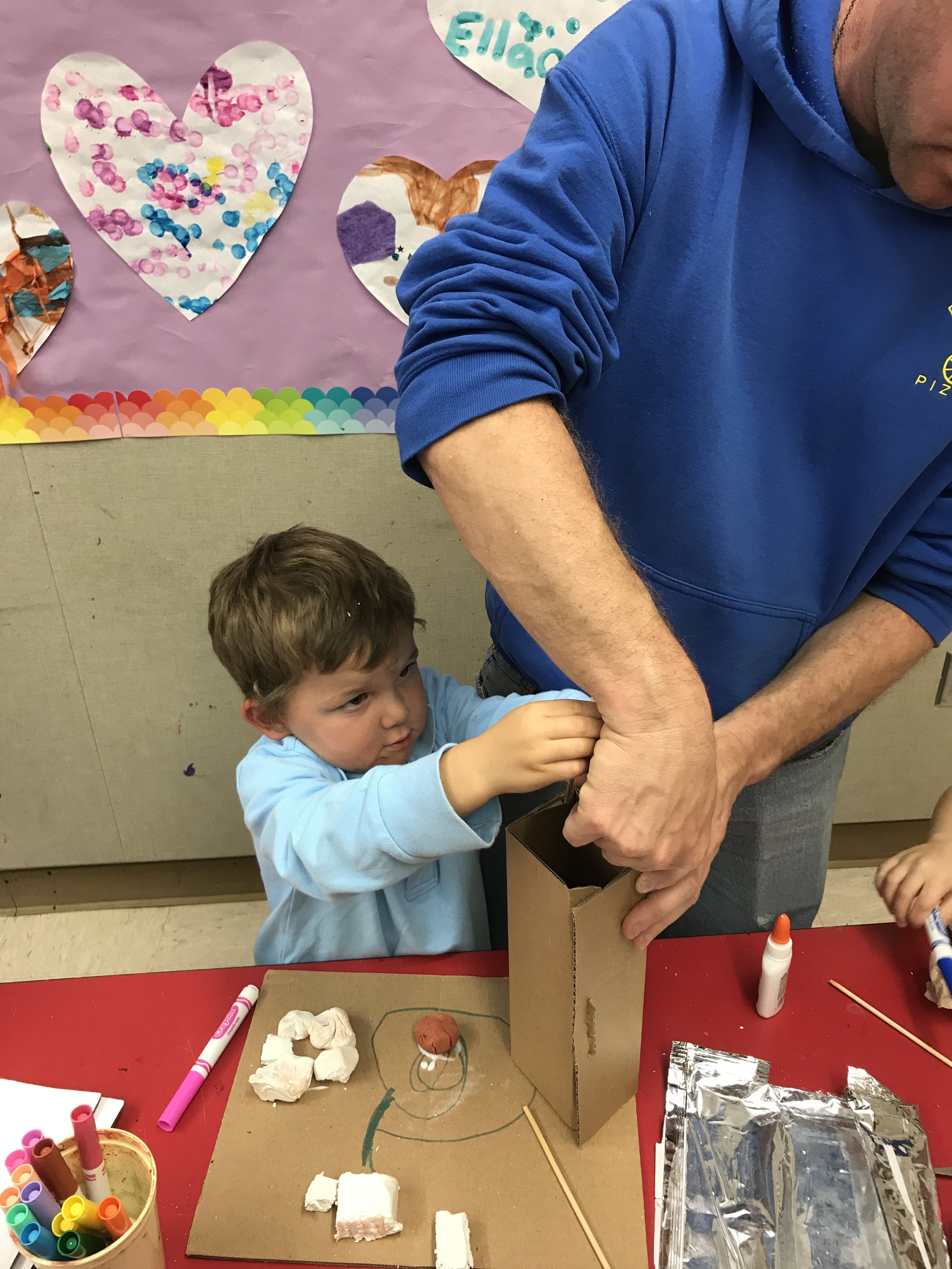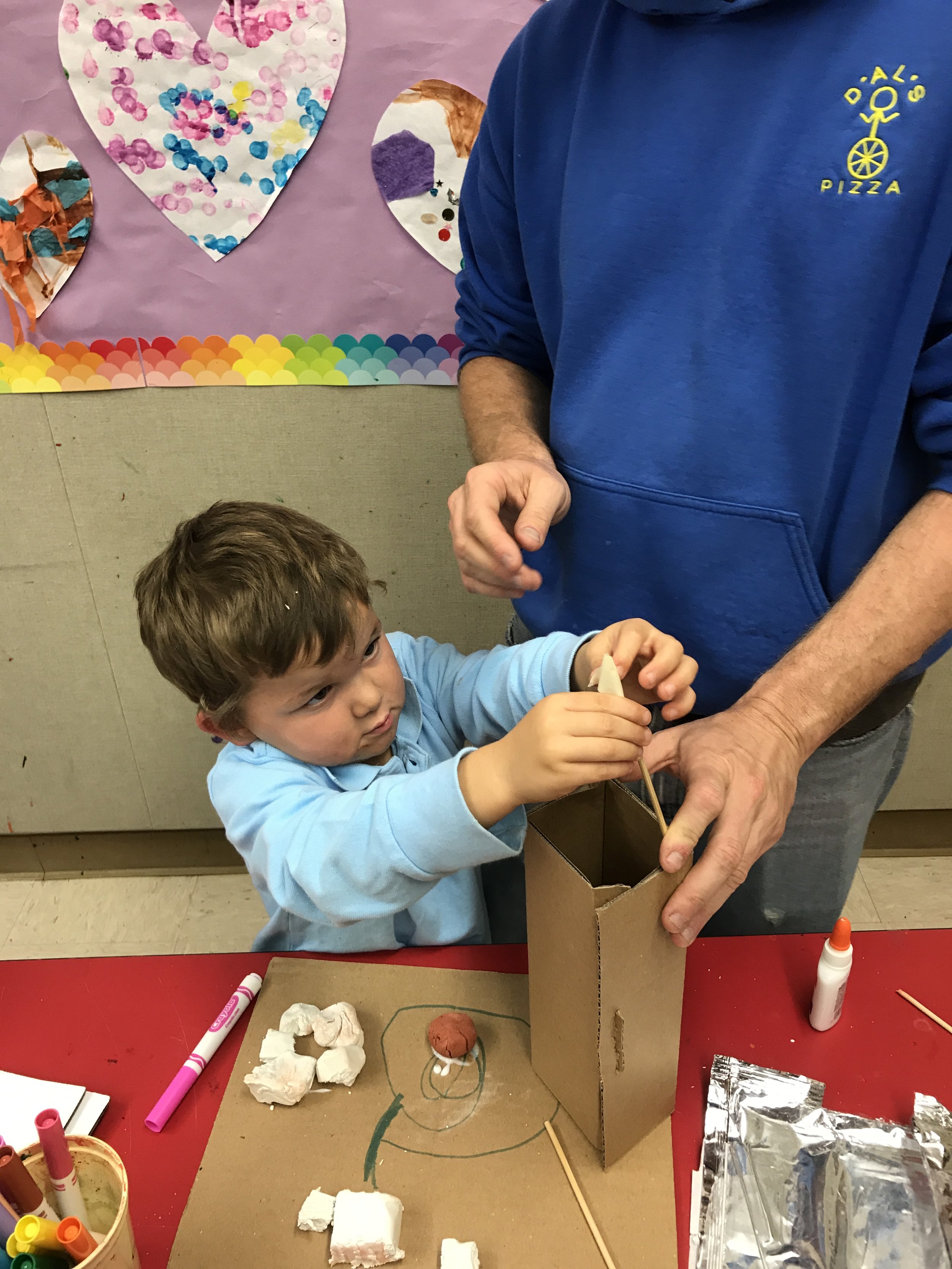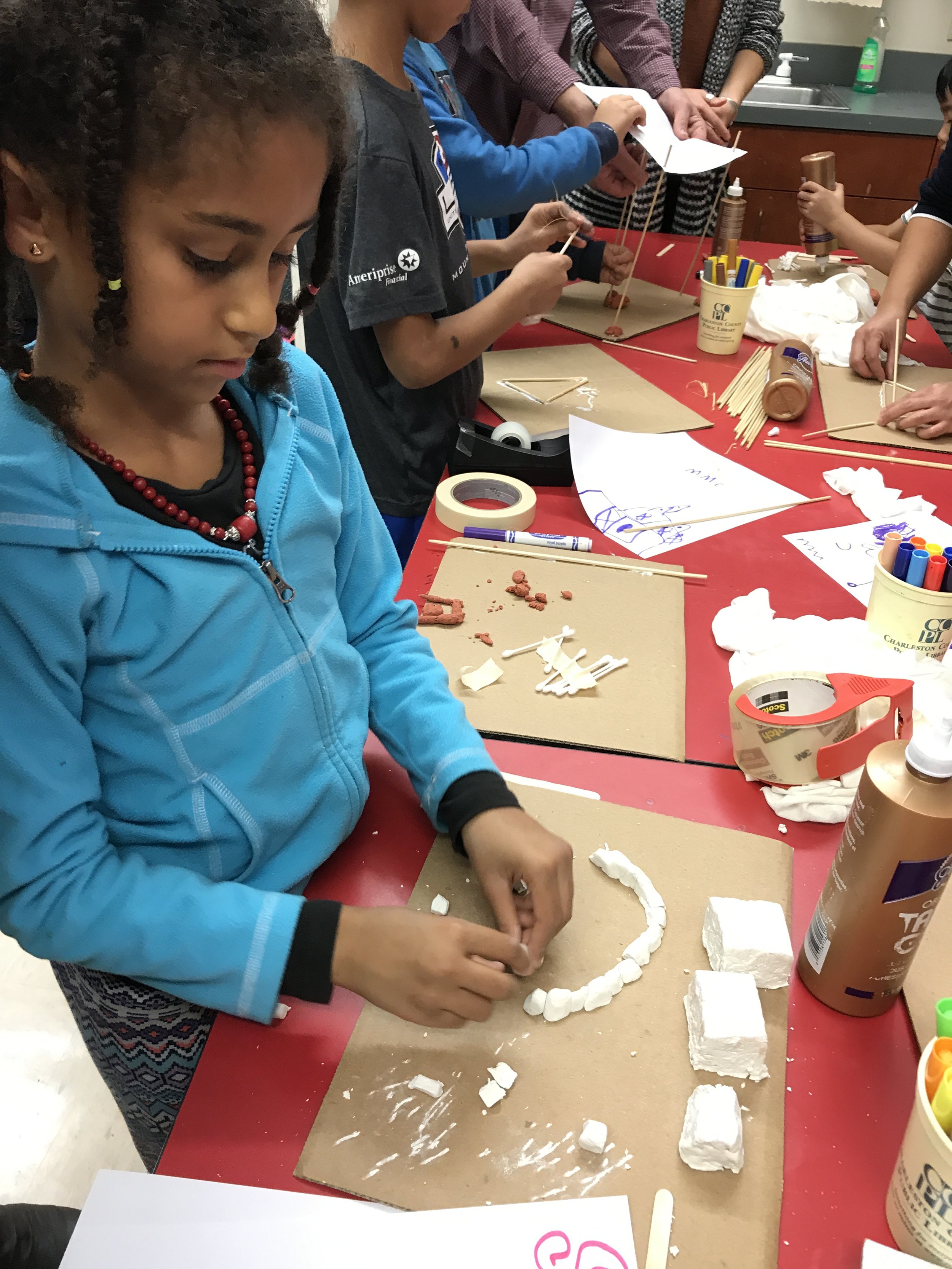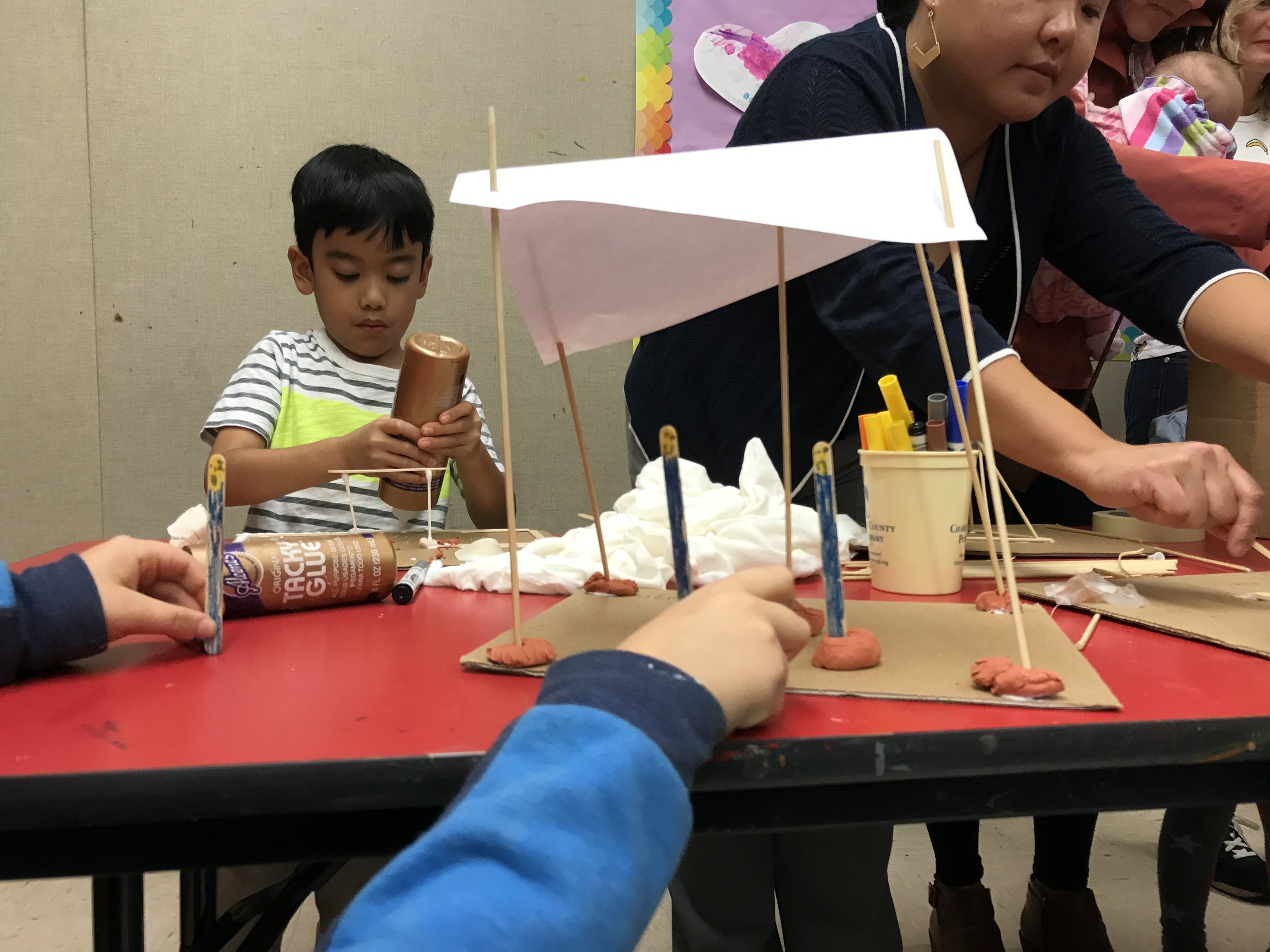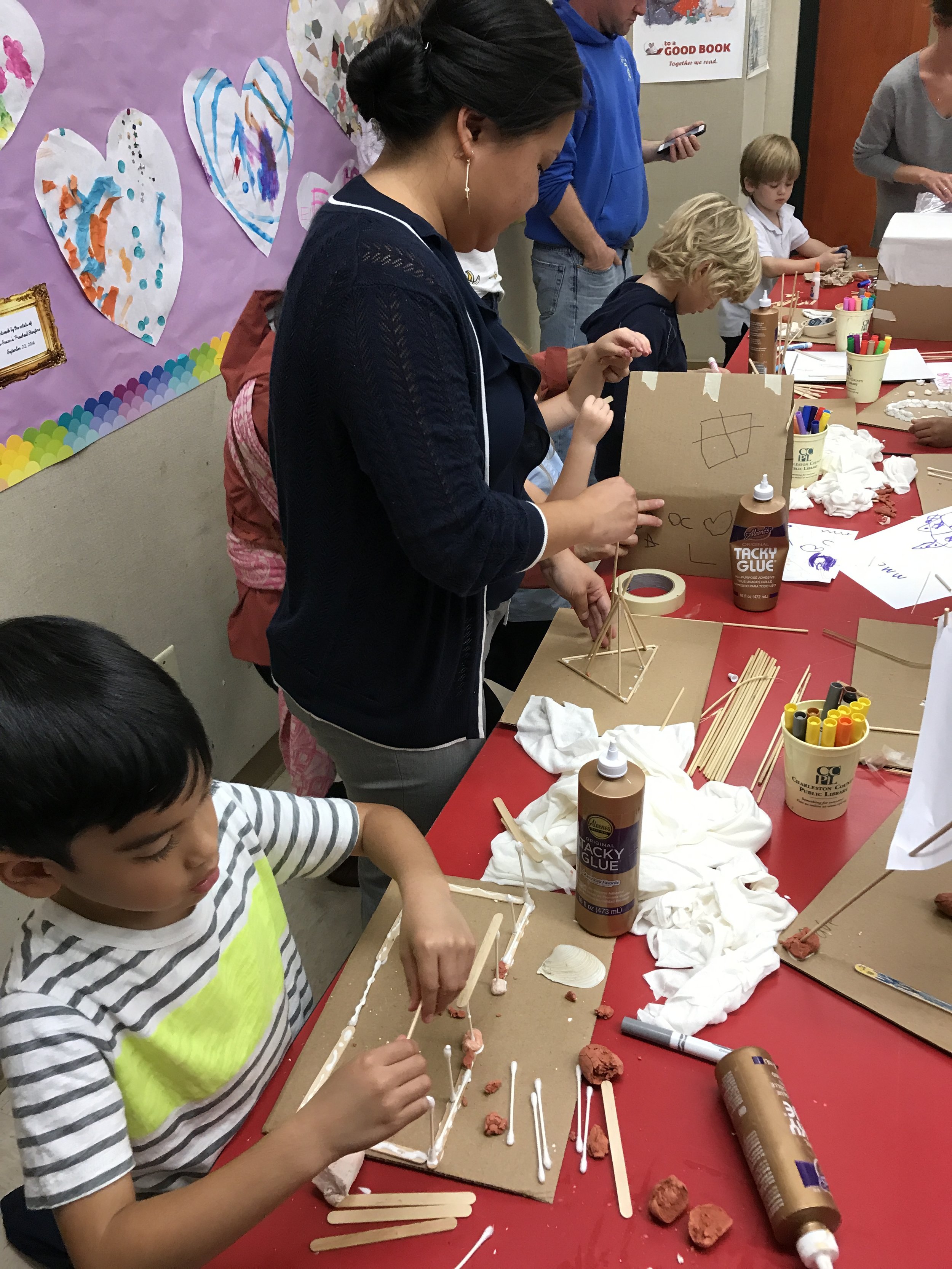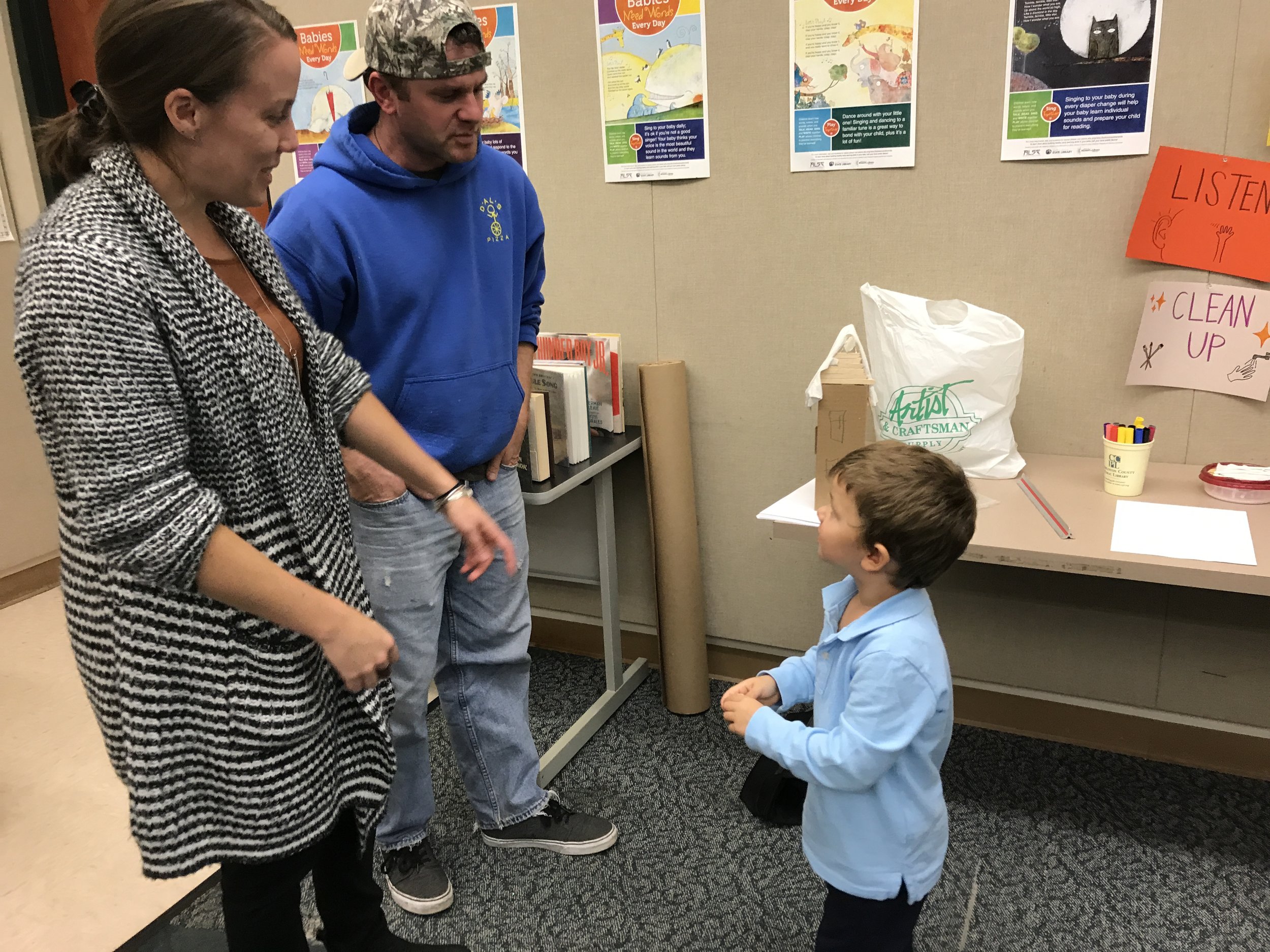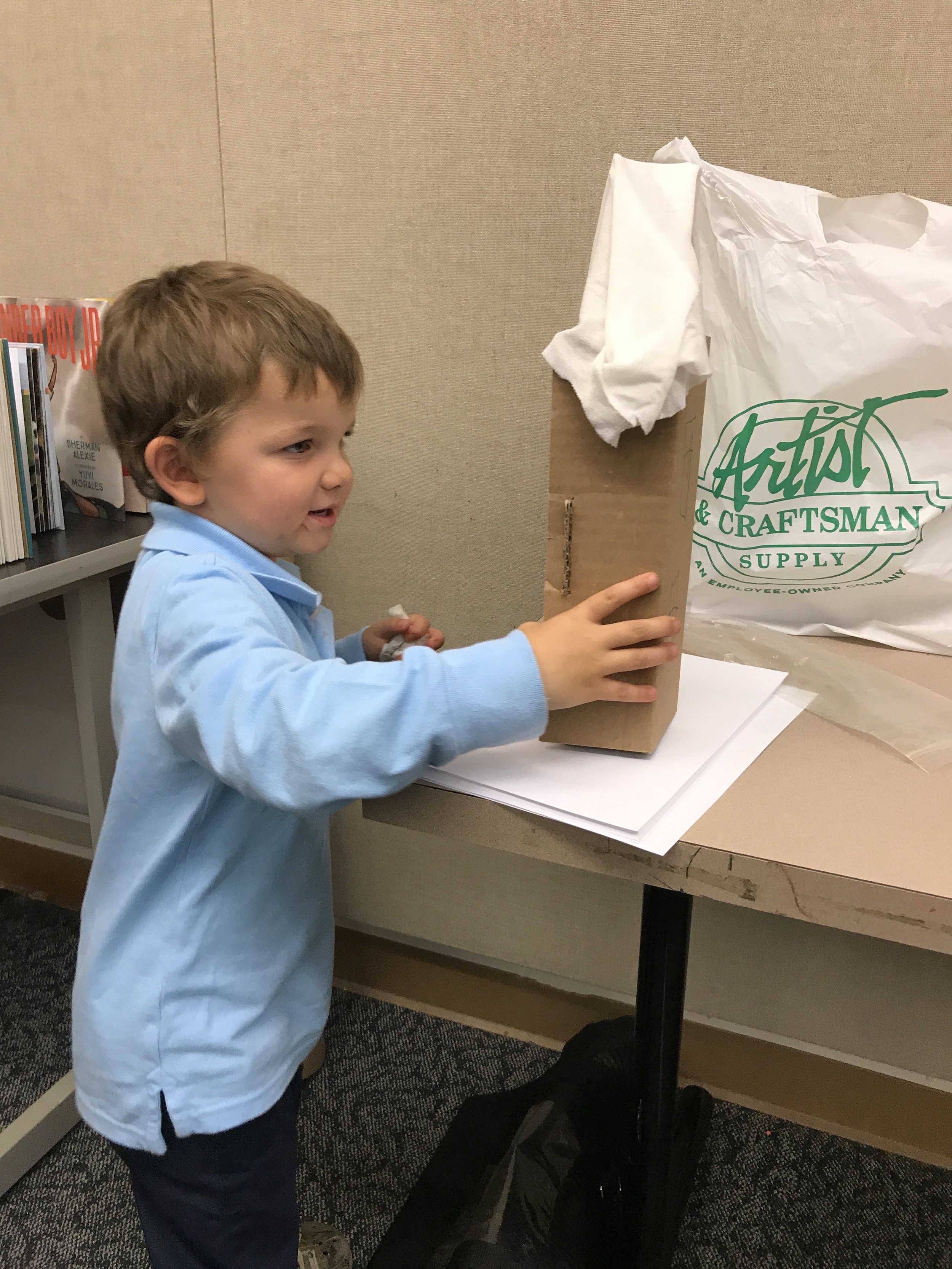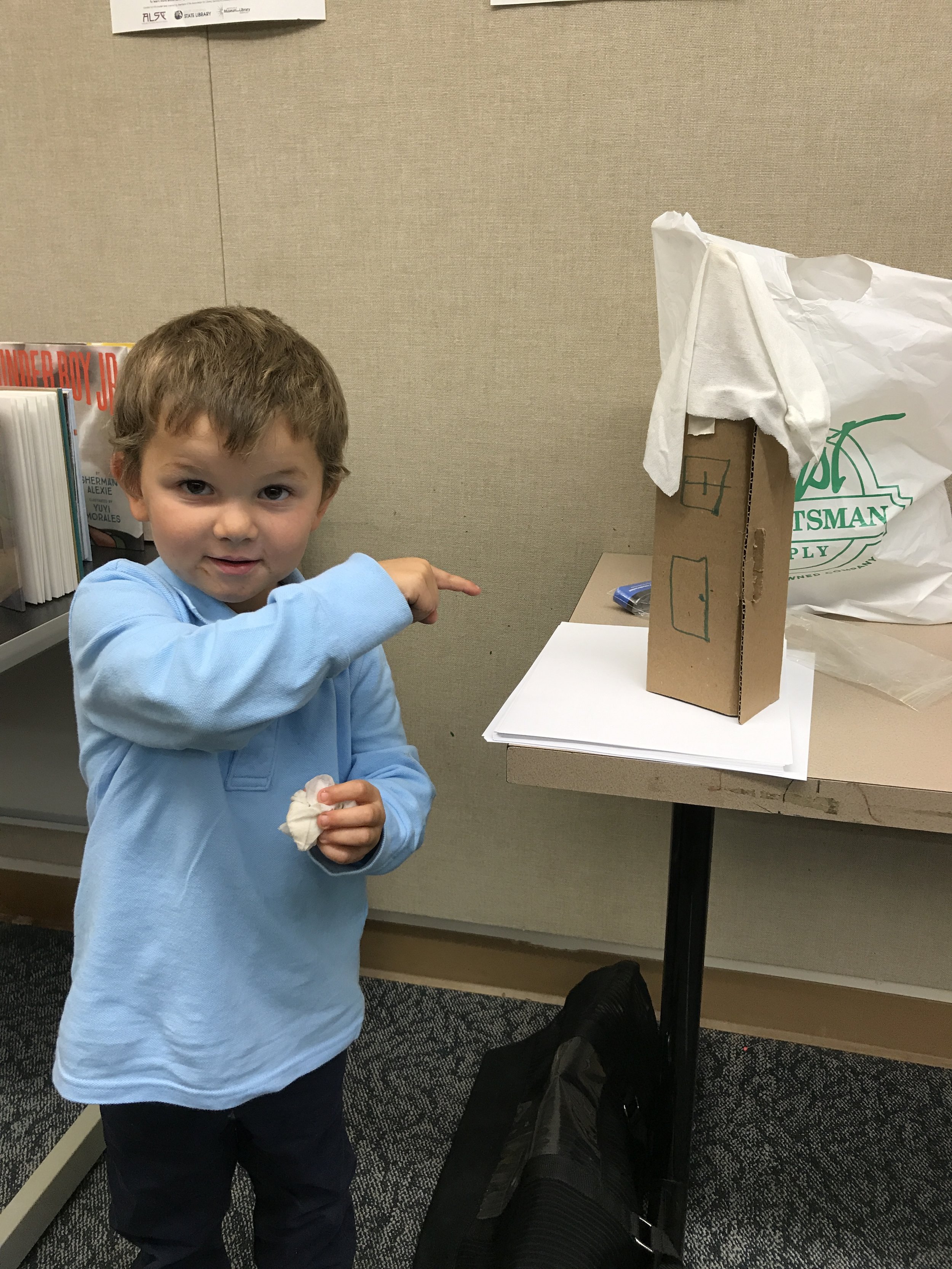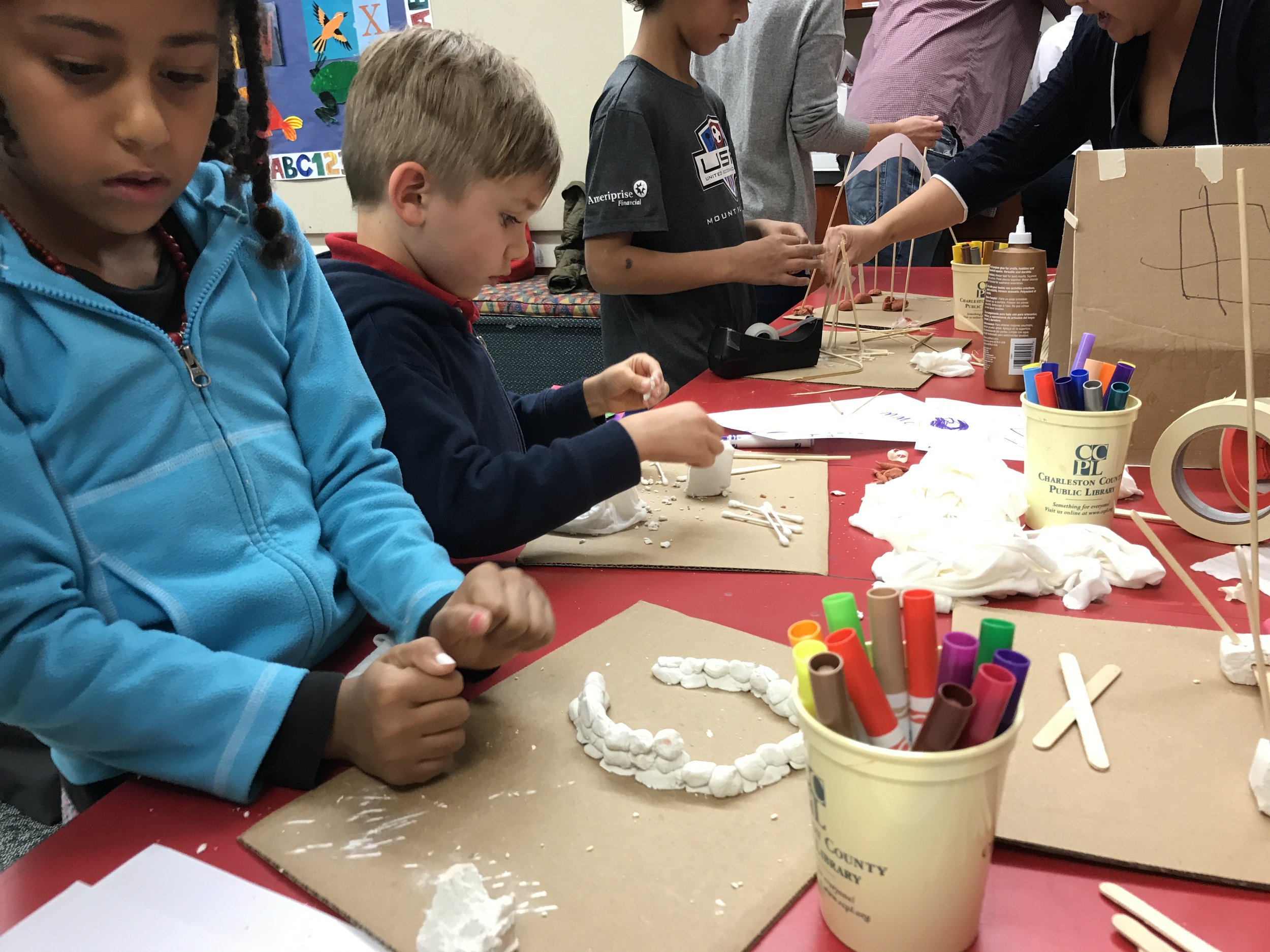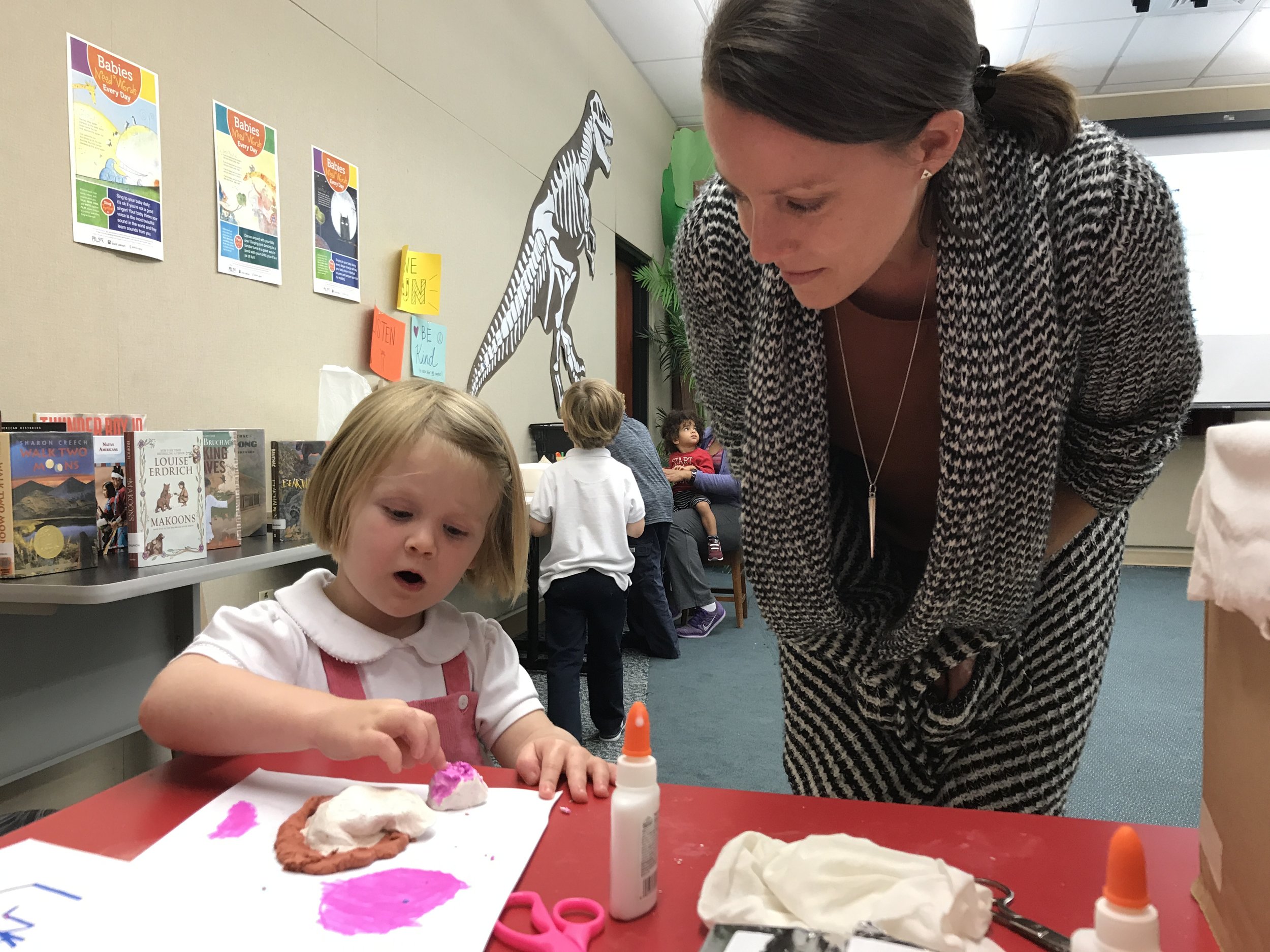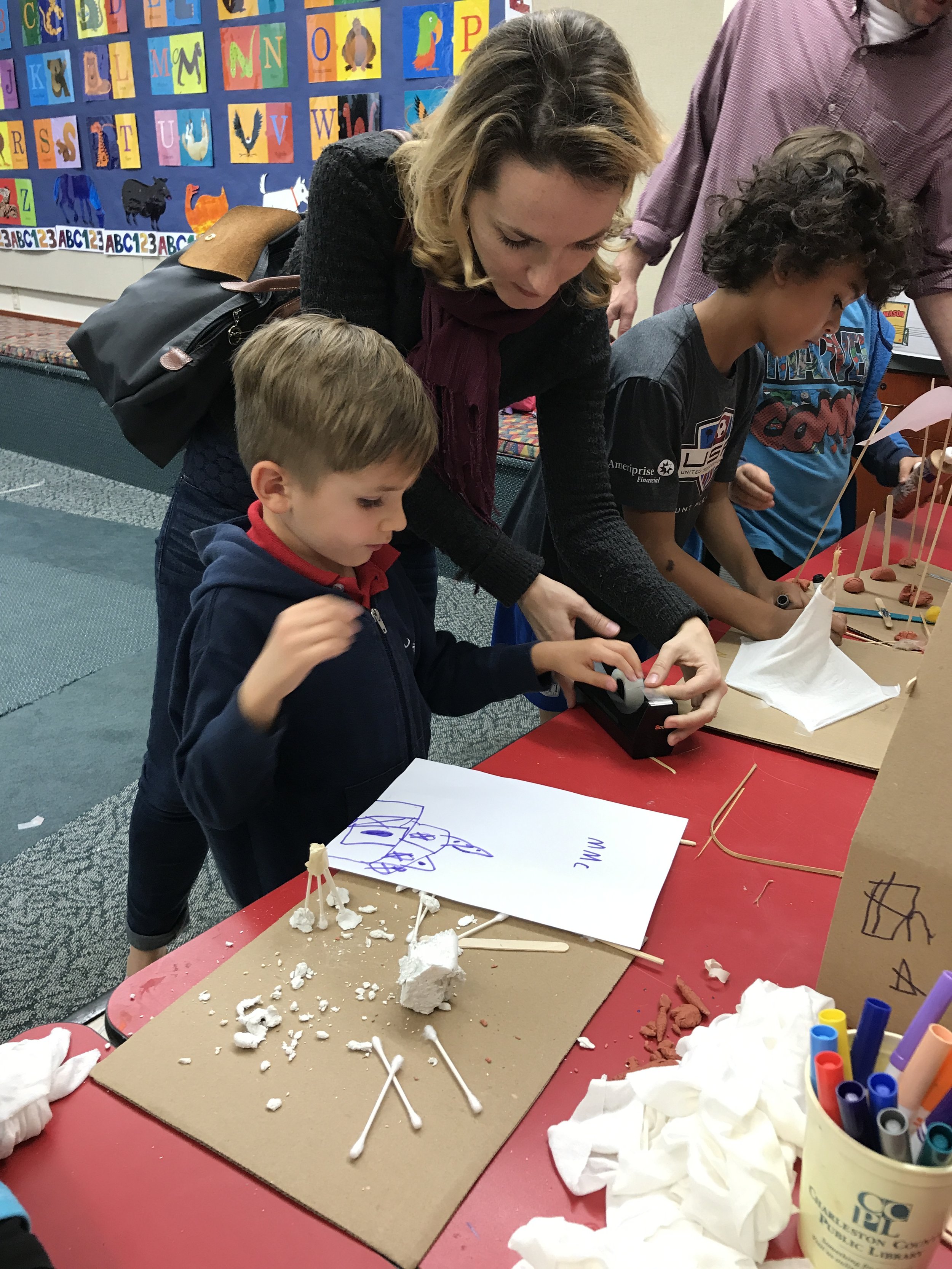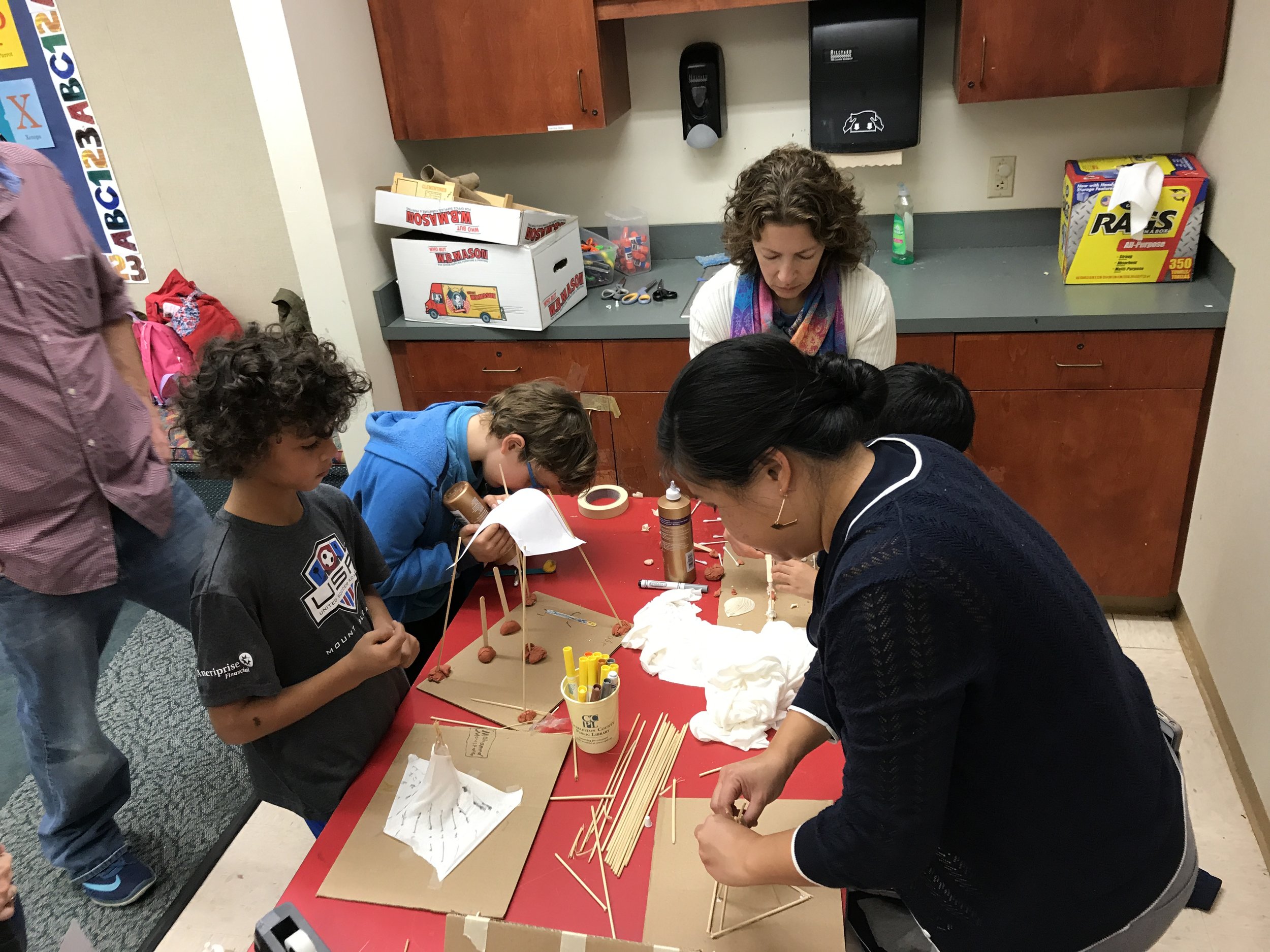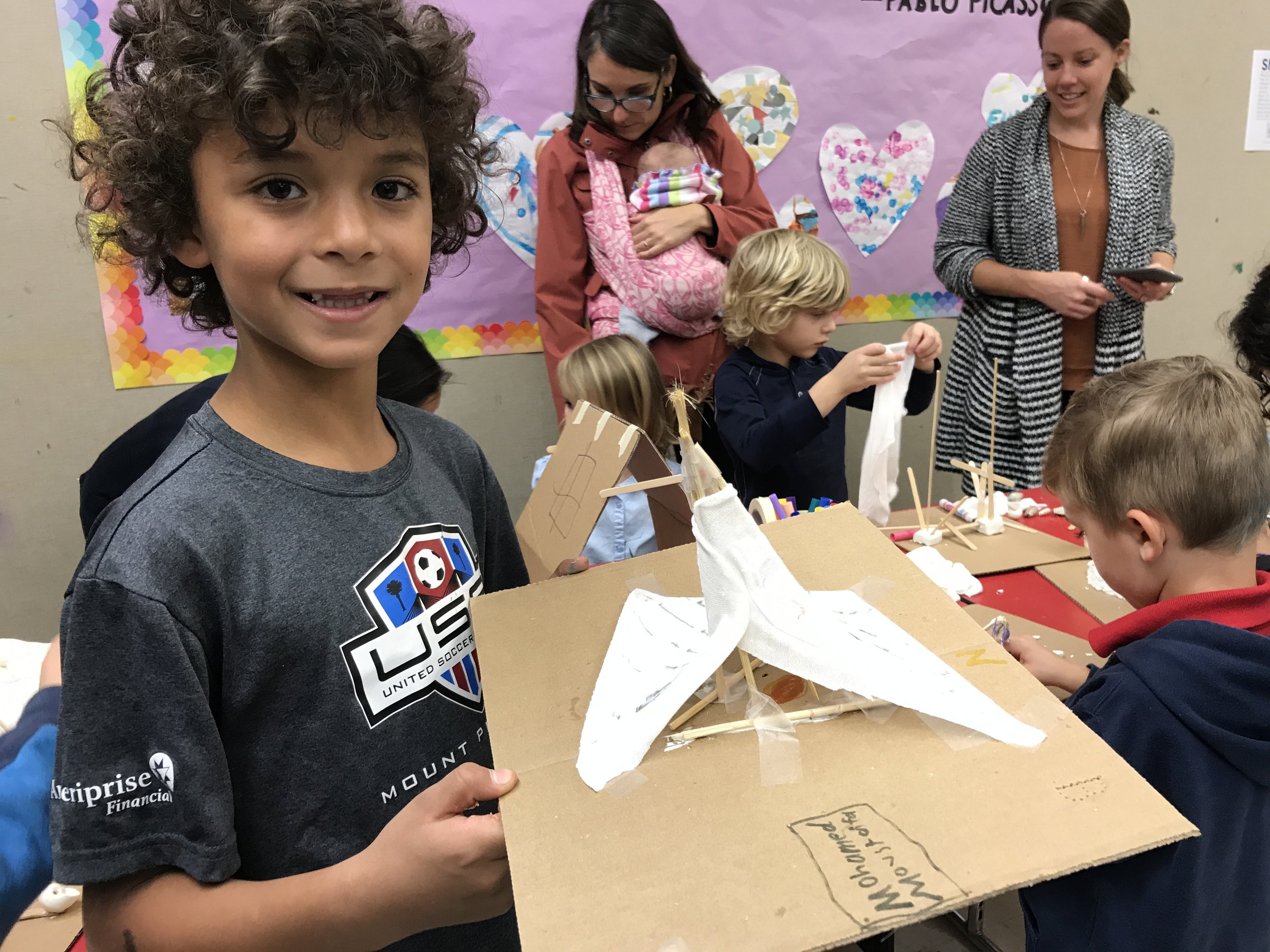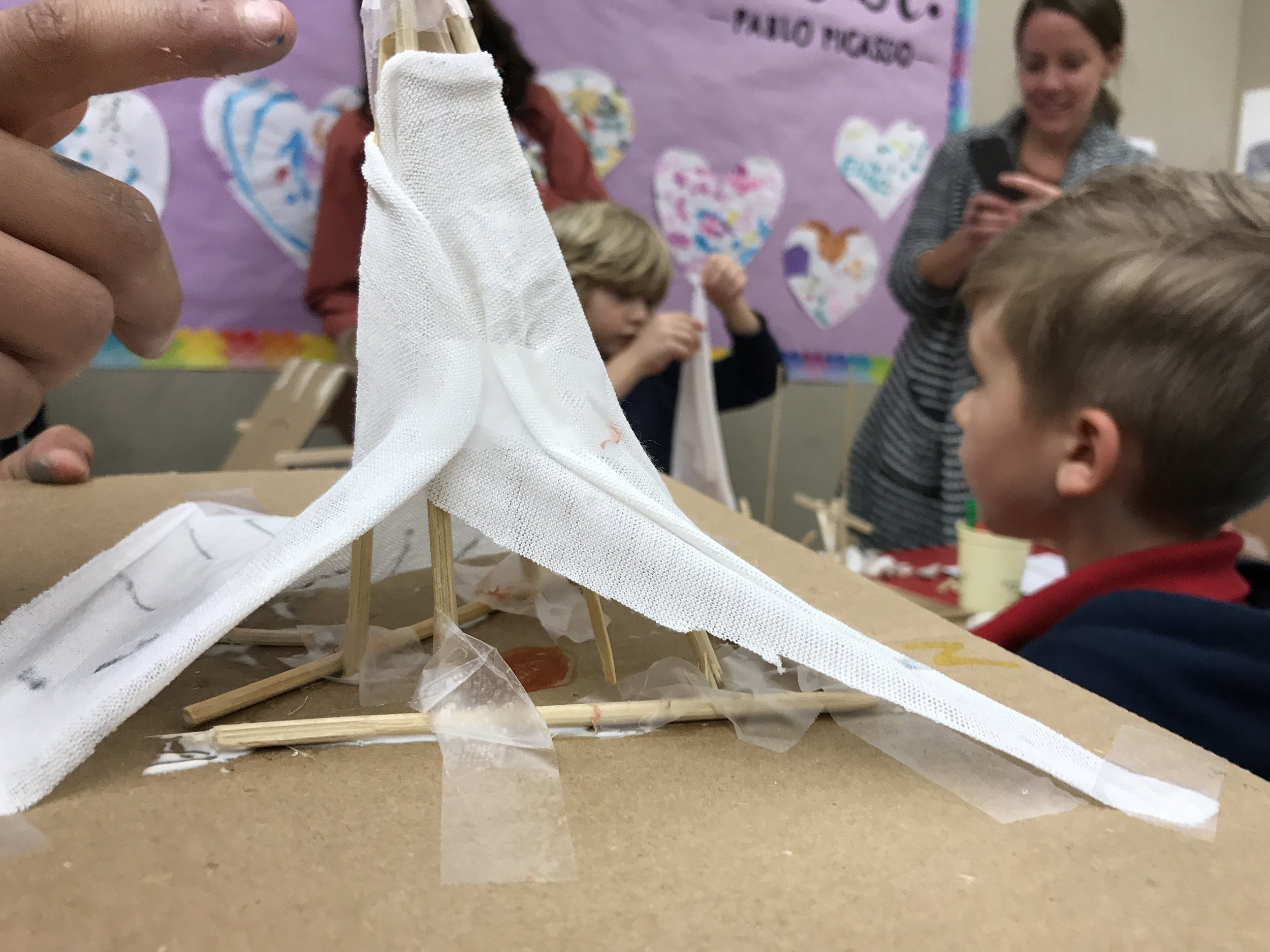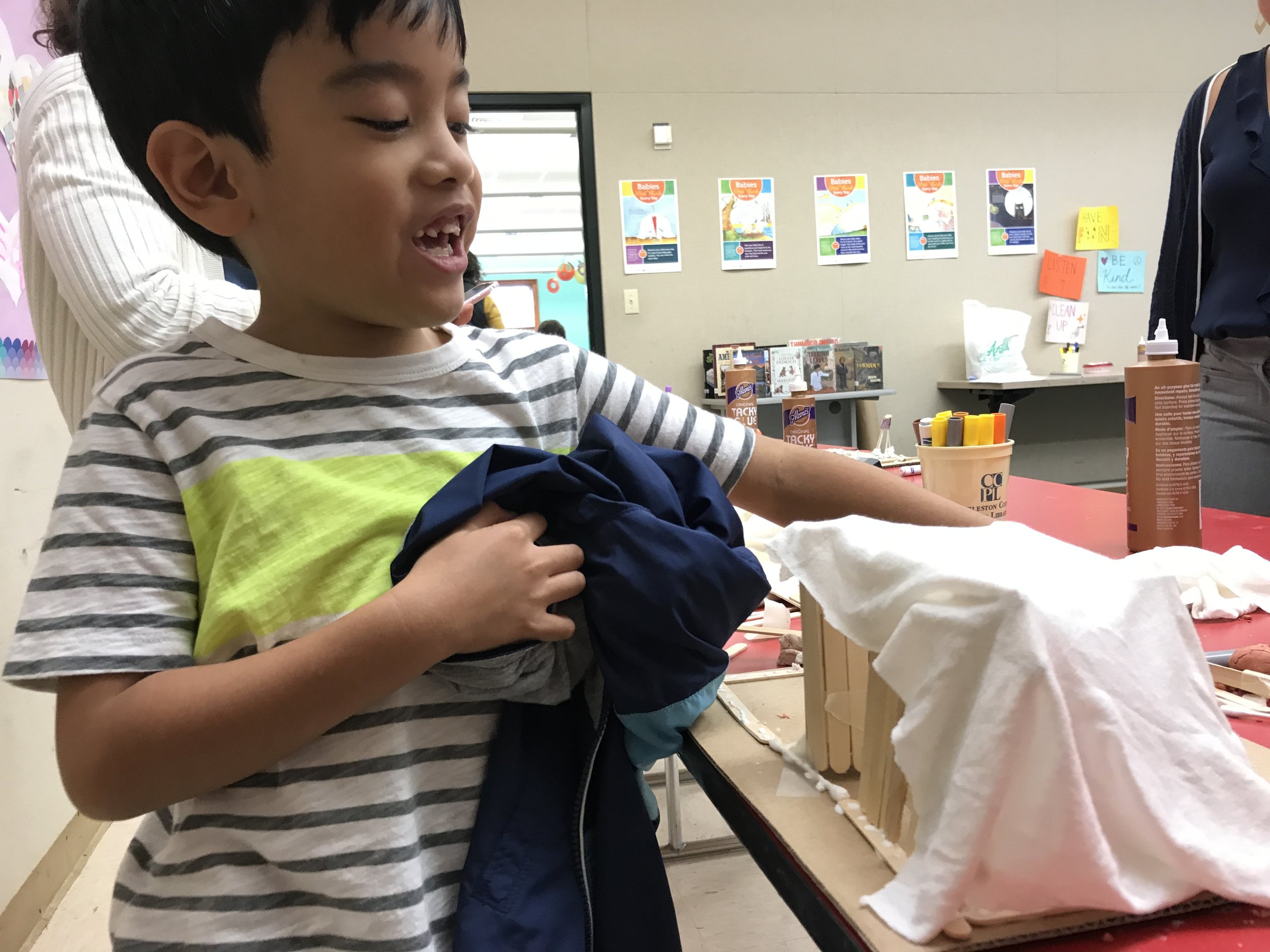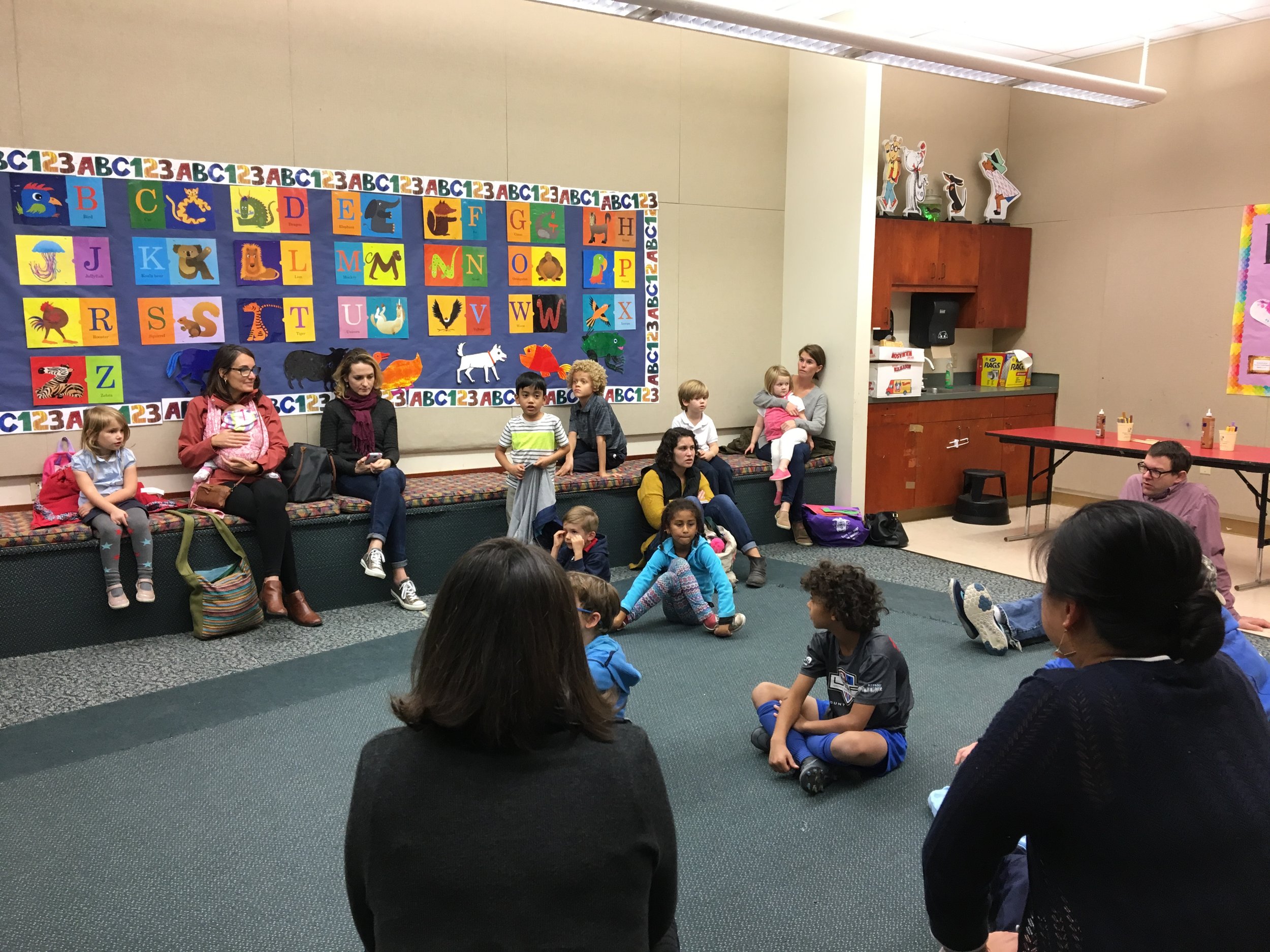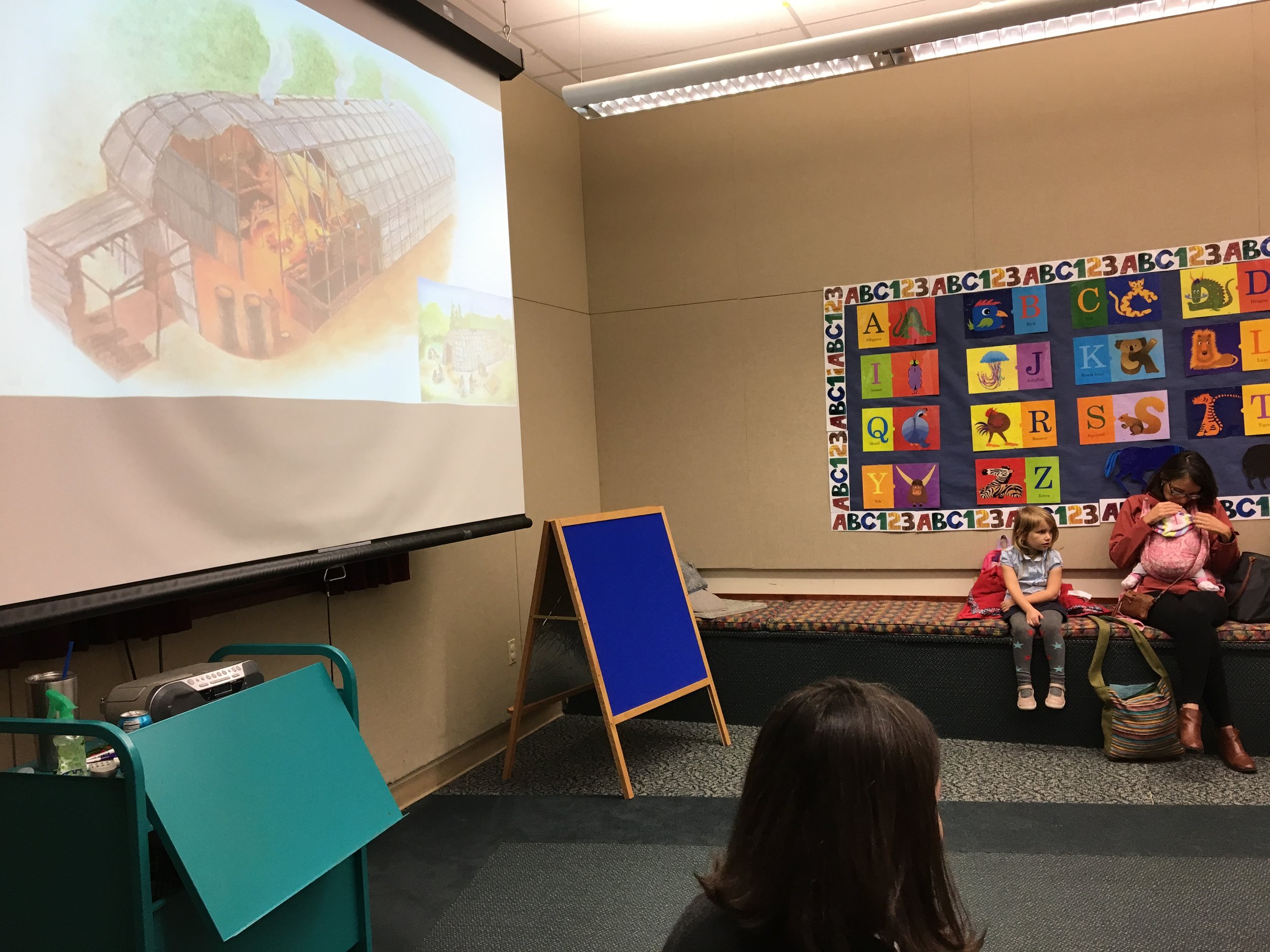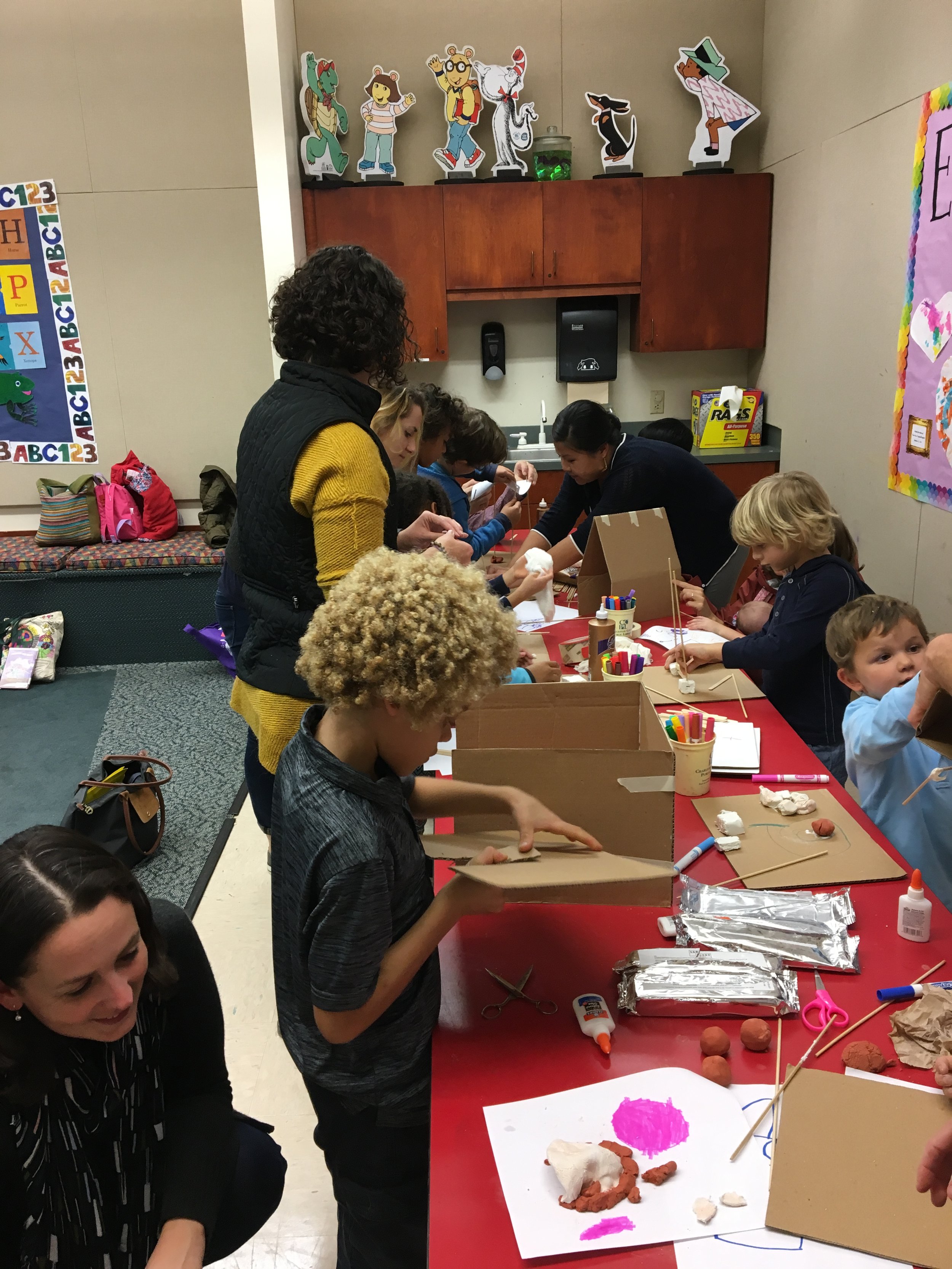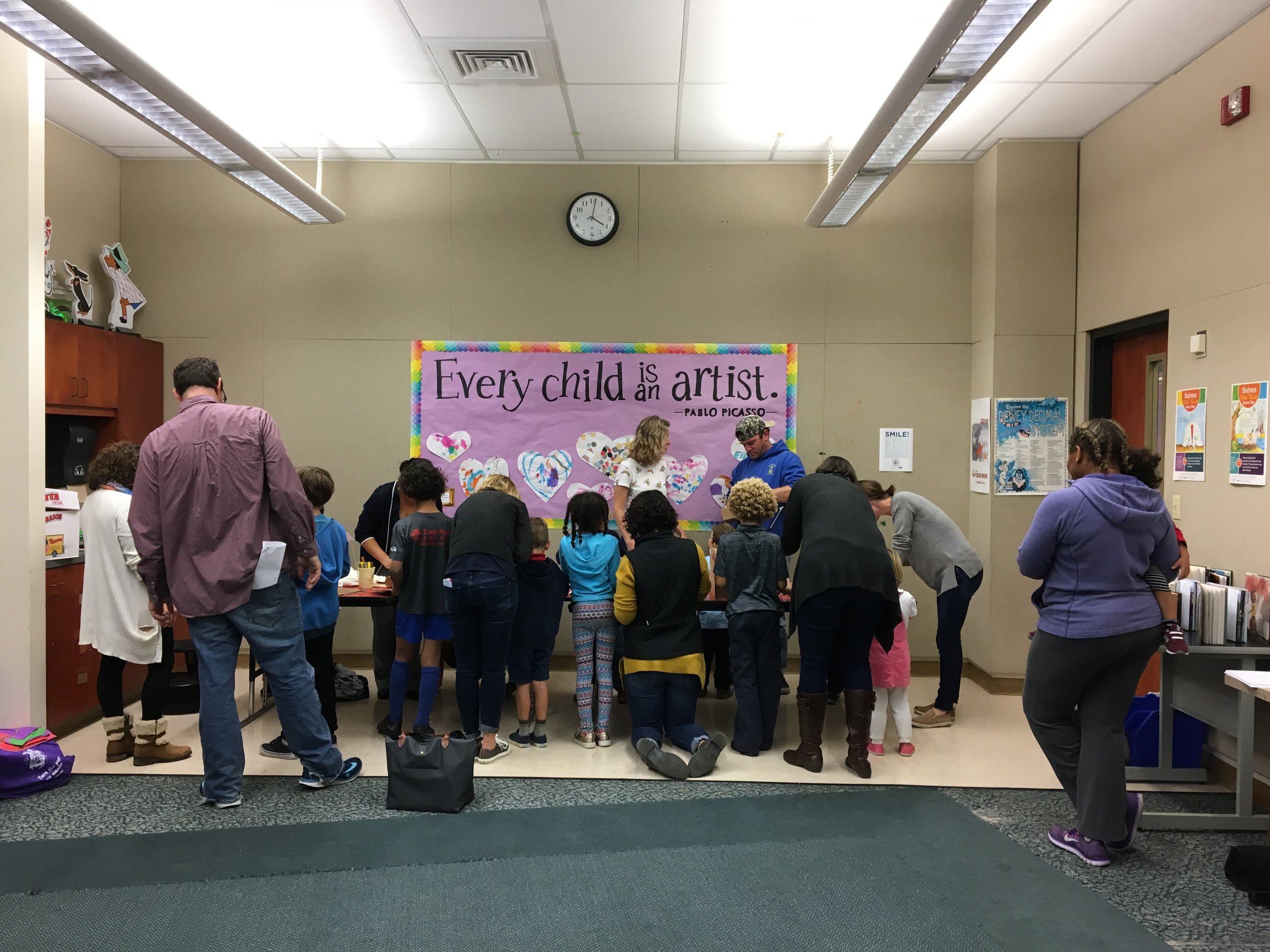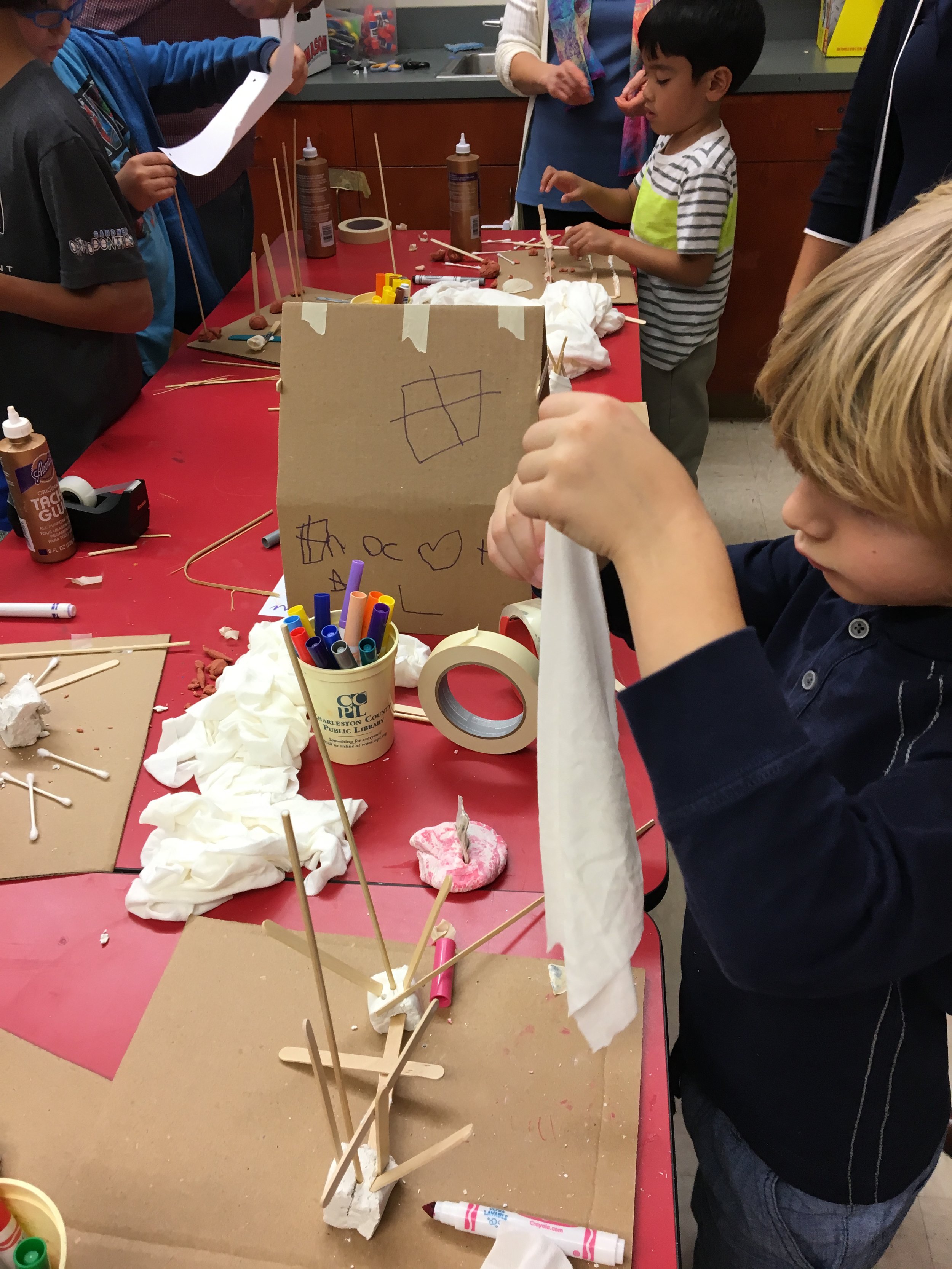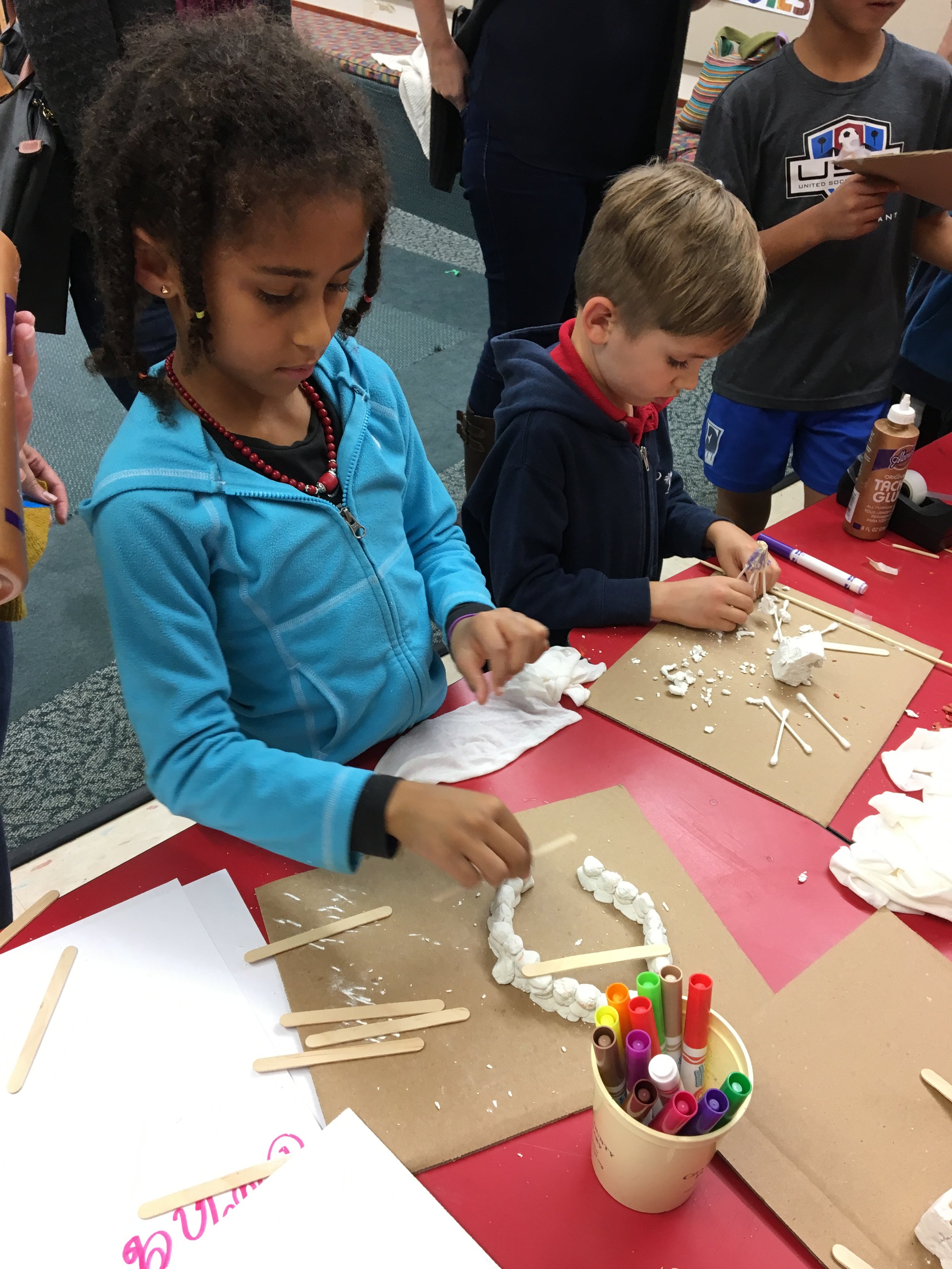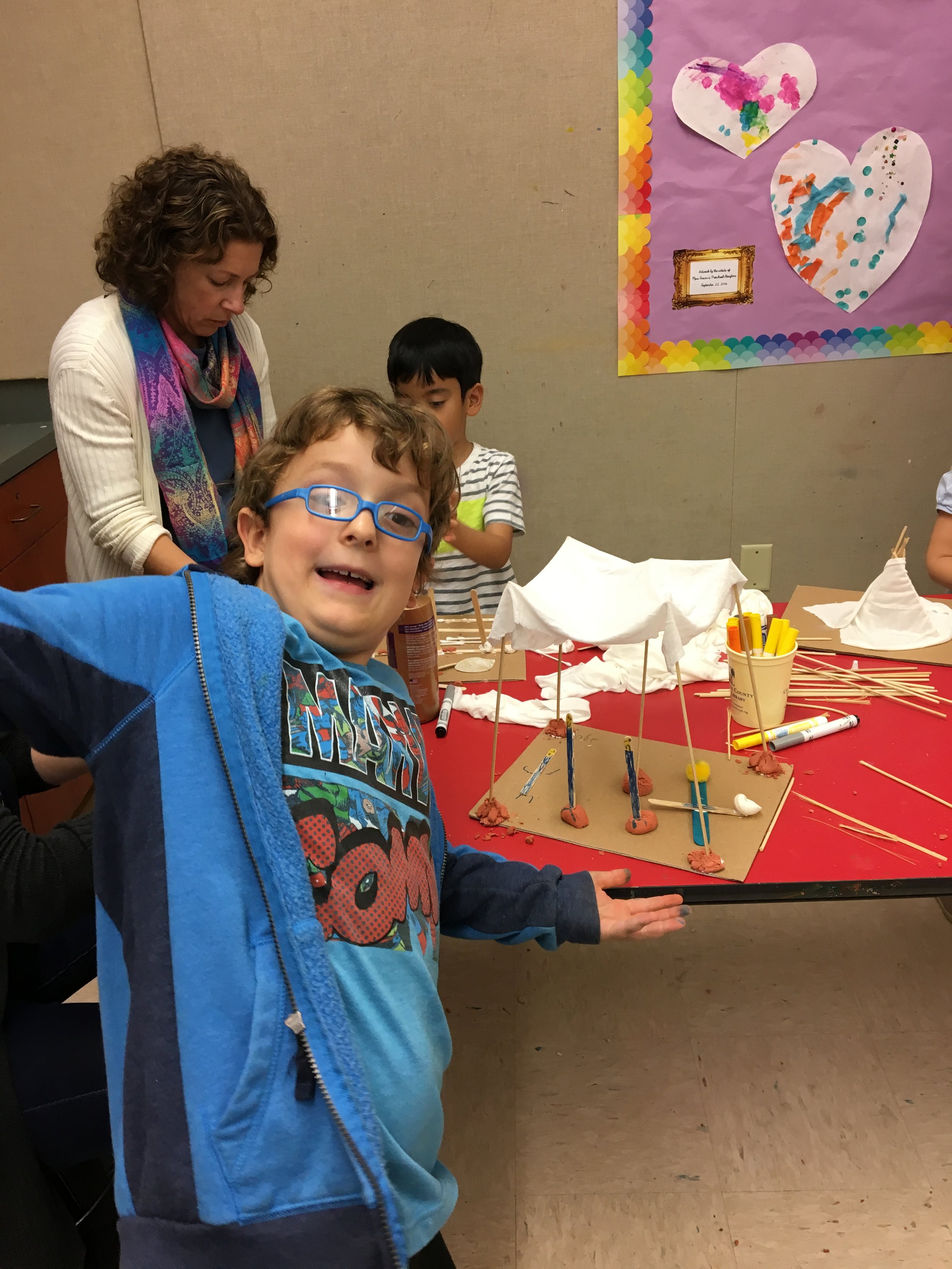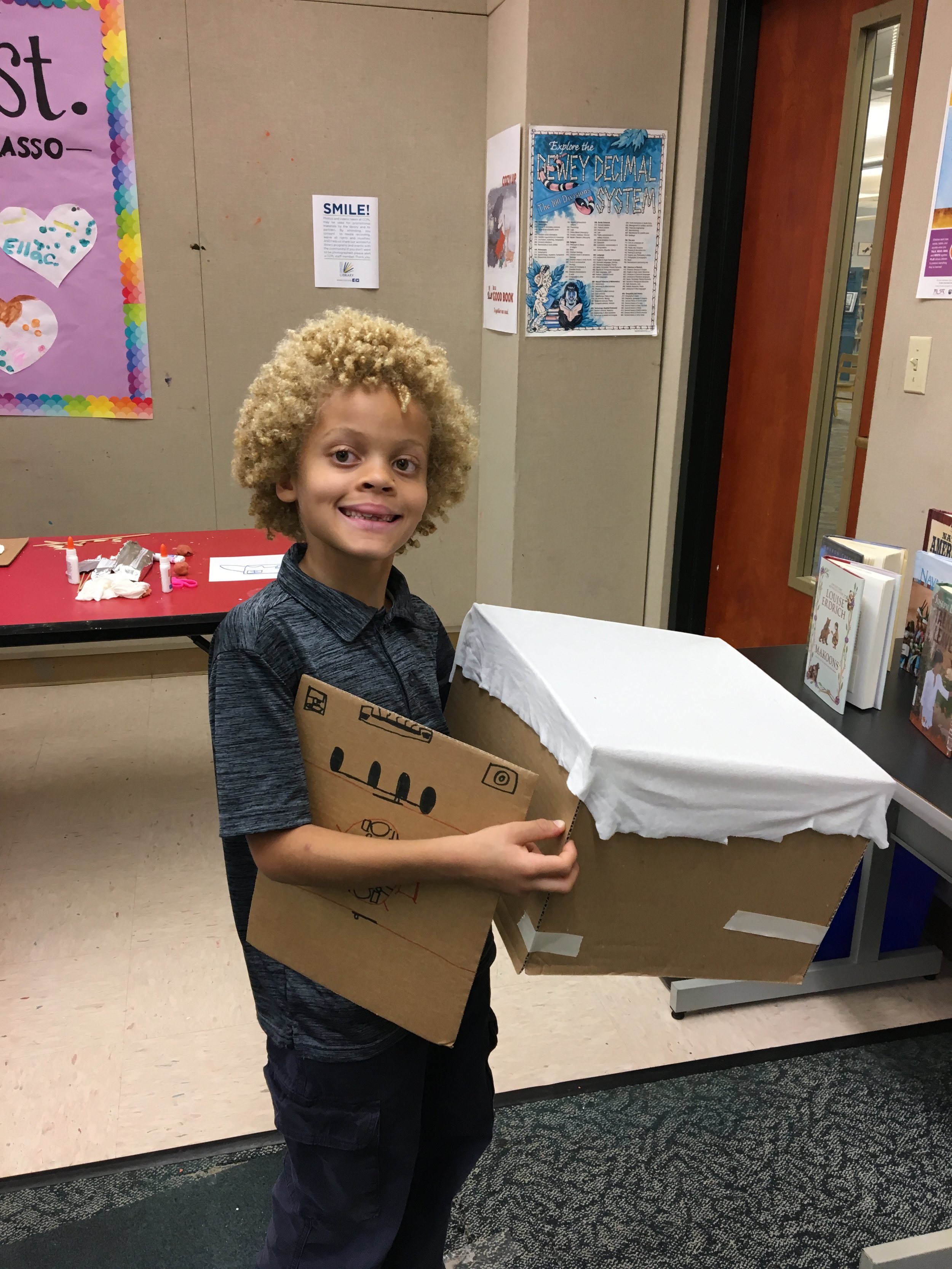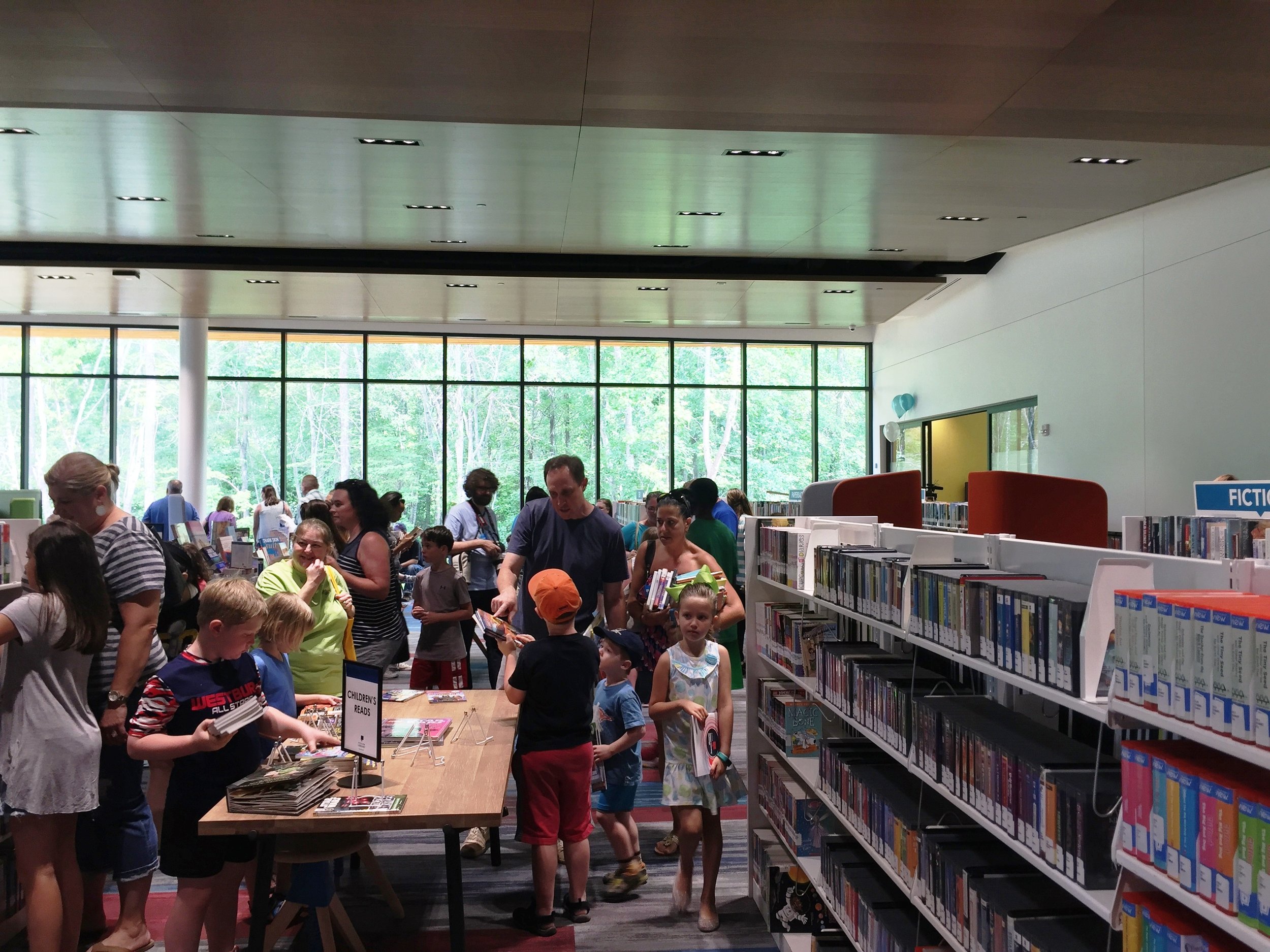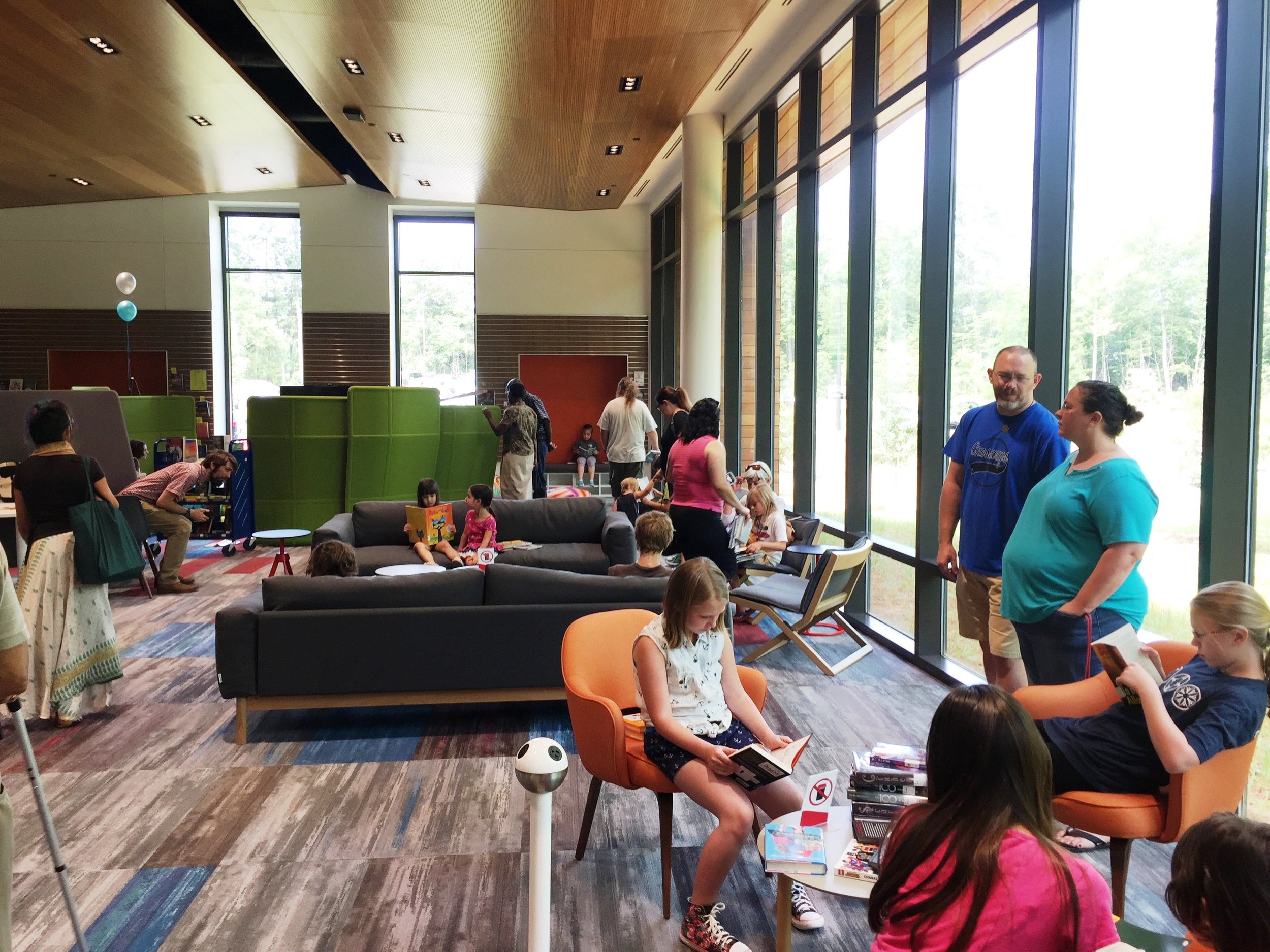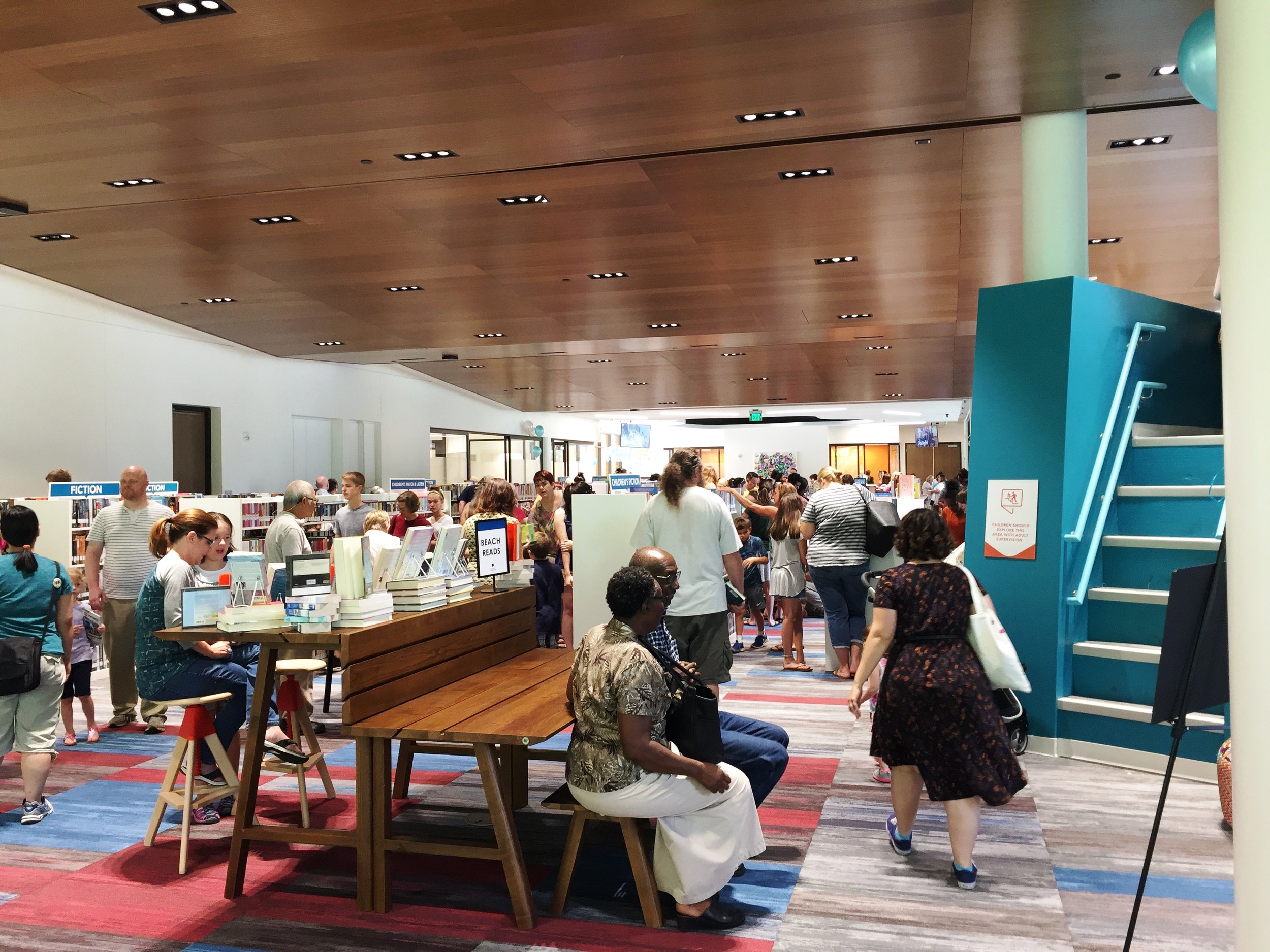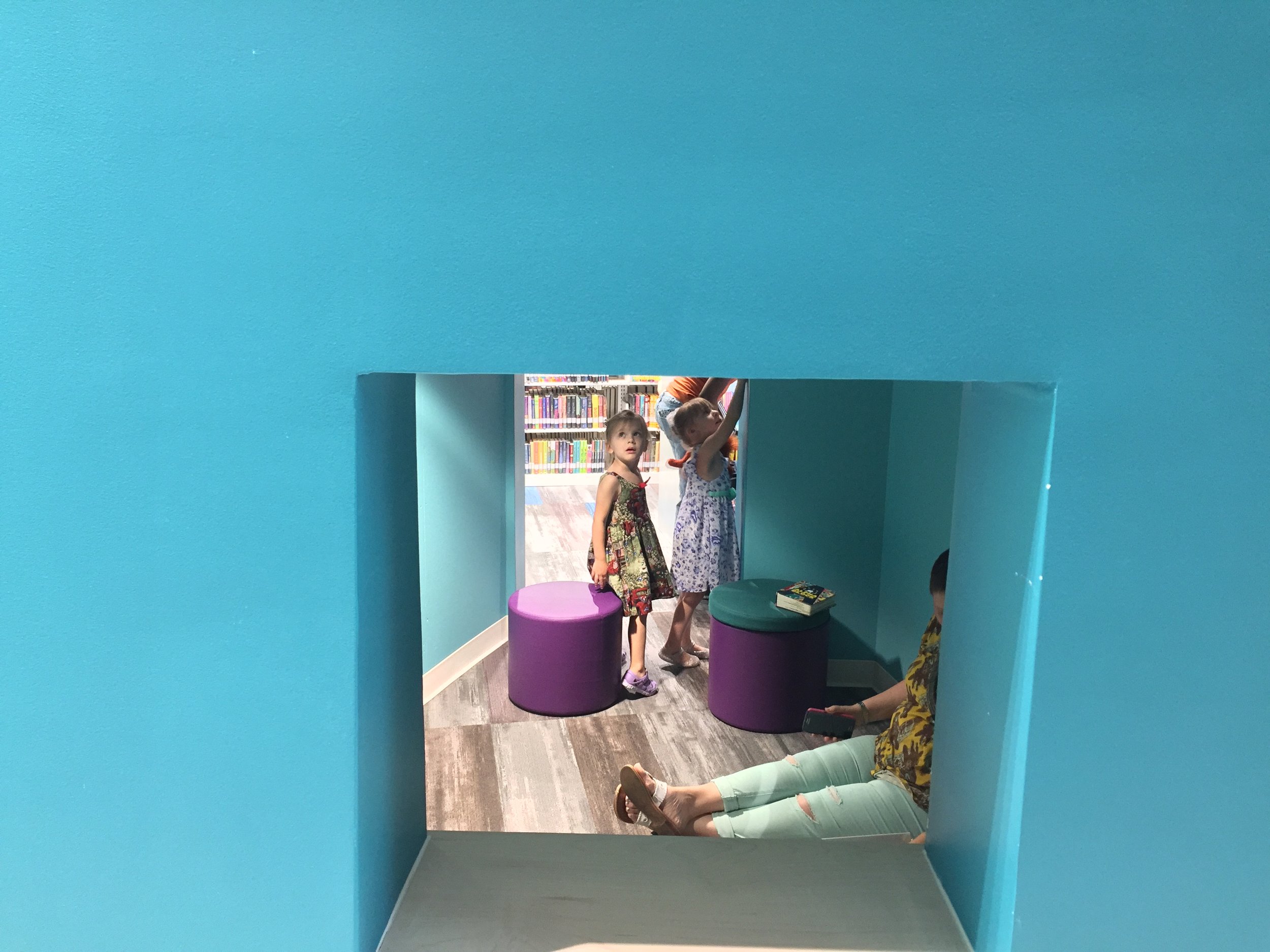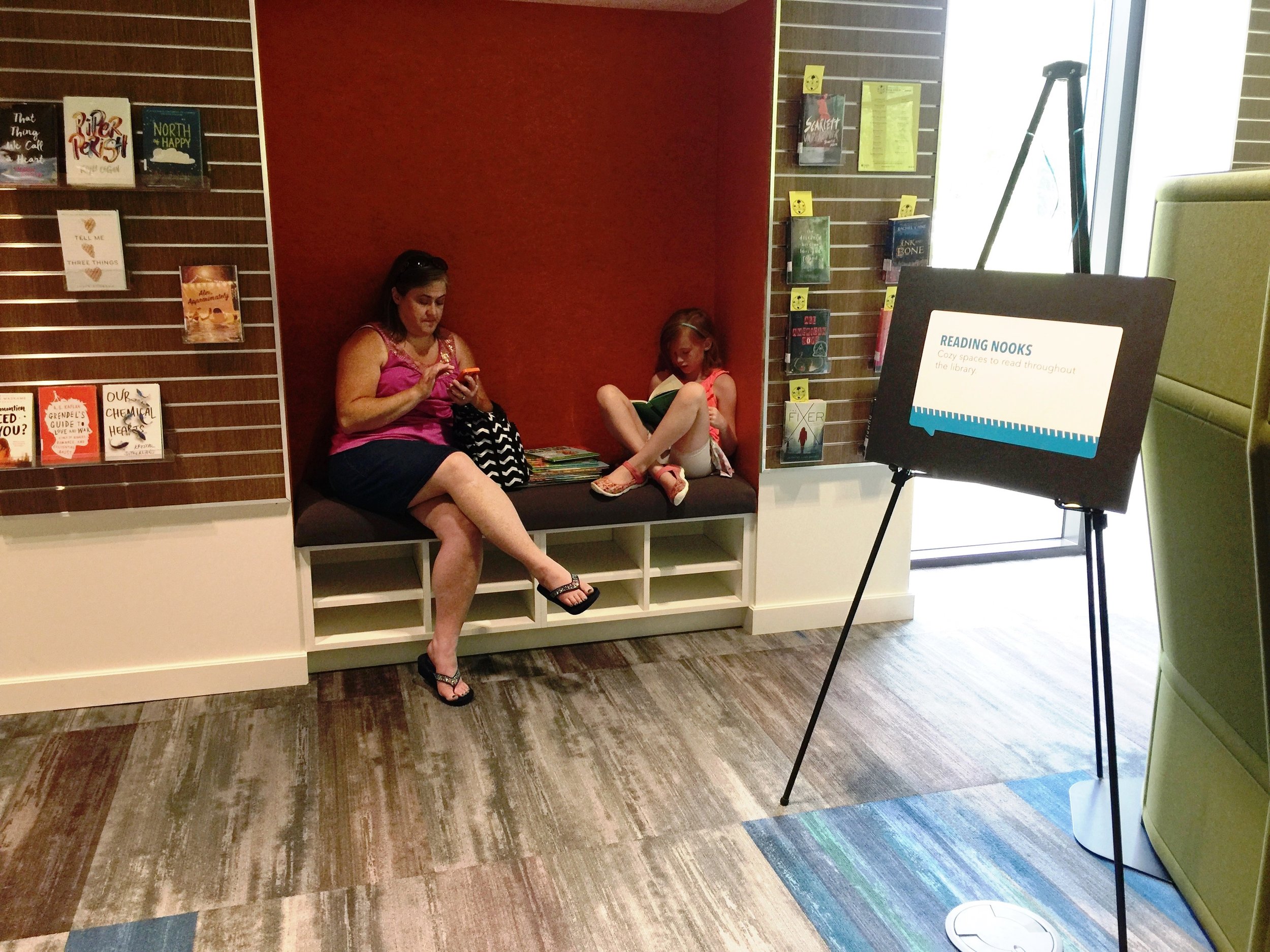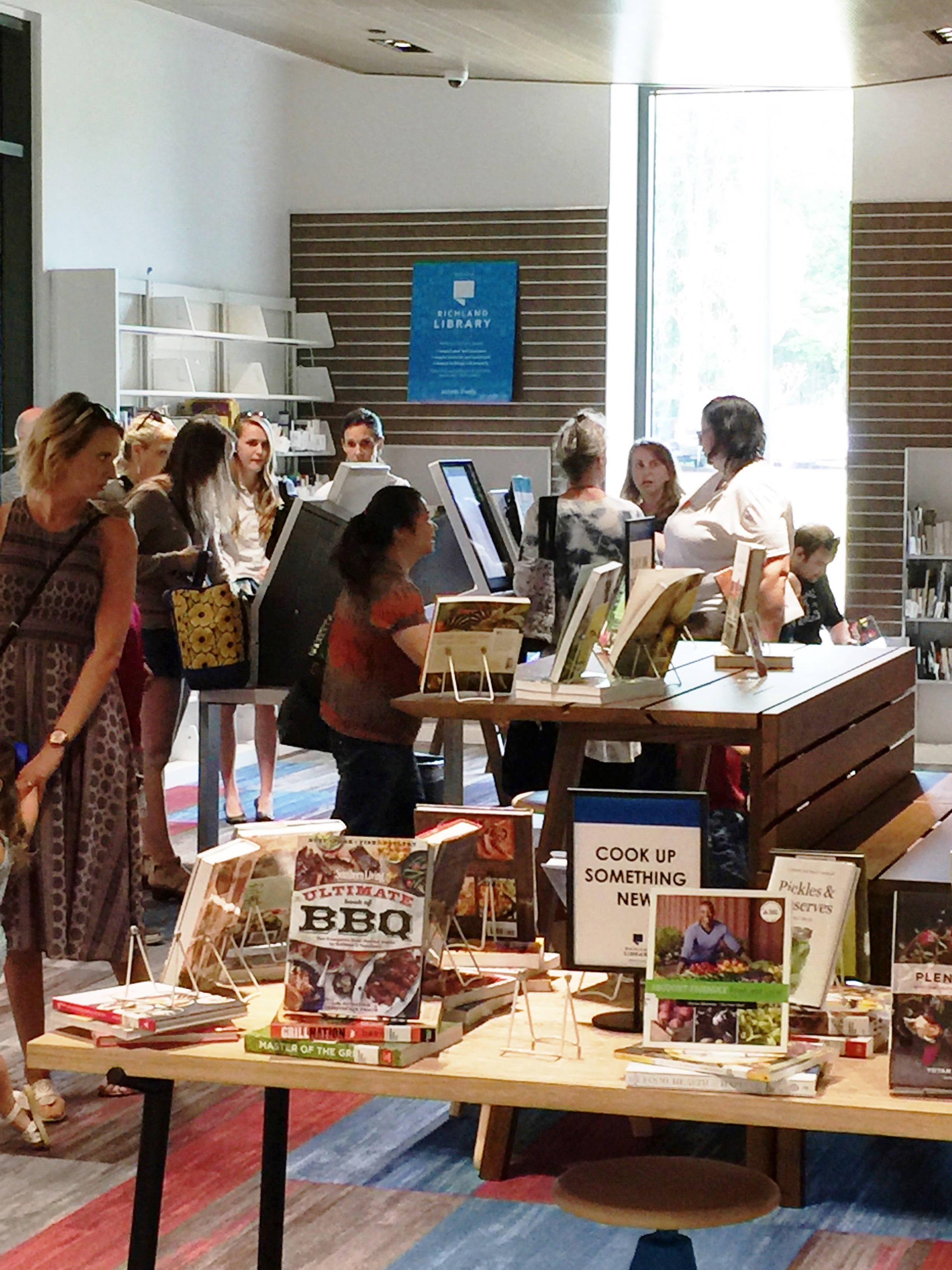Open for Business: The Citadel Produces Military Leaders, Yes, But Even More Pursue Civilian Careers
Mez Joseph
Construction of Bastin Hall, future home of The Citadel's business school, is set to start in June.
By Dave Munday dmunday@postandcourier.com
The Post & Courier Mar 25, 2018
The Citadel’s mission to produce ethical business leaders is paying off, as the department is in the midst of a major makeover.
The expansion includes:
• A new name. The department was renamed The Tommy and Victoria Baker School of Business last year after a major donation from Baker, a 1972 business school graduate who founded the Baker Motor Co., automotive empire.
• A new home. The department is preparing to move from Bond Hall, where it shares space with administration and biology classes, to a new building called Bastin Hall, in the fall of 2019.
• A new dean. Michael Weeks, dean of the Dunham School of Business at Houston Baptist University, a former Air Force pilot and an accomplished violinist whose specialty is strategic innovation, will take over the helm at The Citadel on July 1.
• New specialties. This year, the Citadel began offering new programs focusing on finance, entrepreneurship and the supply chain.
About one-third of the graduates from the Charleston military college go into the military; the rest pursue civilian careers. The school has produced a long list of outstanding business leaders in its 175-year history, going back to James Coker, an 1856 graduate who founded Carolina Fiber Co., Sonoco Products and Coker College in Hartsville.
Baker is one of the more visible contemporary graduates in the Charleston area. He declined to reveal the amount of his donation last year, but it’s been called the largest in the history of the business school.
Bastin Hall is named after Rick Bastin, a 1965 business school graduate whose Florida car dealerships included the largest Mercedes-Benz dealership on the East Coast.
He donated $6 million to get the building started in September 2016. Work is expected to start this summer, near the Holliday Alumni Center across from Johnson Hagood Stadium.
All cadets — whether heading for military or business careers — are drilled in the school’s core values of honor, duty and respect. That’s a selling point in today business world, according to Iordanis Karagiannidis — often called "Dr. K" around campus — the business school’s associate dean.
"I think that is a strong selling point, when you look at the news, the lack of ethics in different businesses," Karagiannidis said.
The new dean agrees.
"The primary attraction of the position for me was The Citadel's commitment to its mission of developing leaders with core values of duty, honor and respect," Weeks said. "One only needs a quick scan of the current headlines to see that our community and nation require leaders of character at every level."
Out of 551 cadets who graduated in 2017, 191 — or 34 percent — were business majors, according to a report from the school.
A number of prominent business leaders also have earned their master's degrees at The Citadel, which allowed MBA candidates to complete the program entirely online two years ago.
Liollio Architecture, in association with ikon.5 architects, is currently working with The Citadel to complete the Bastin Hall project.




